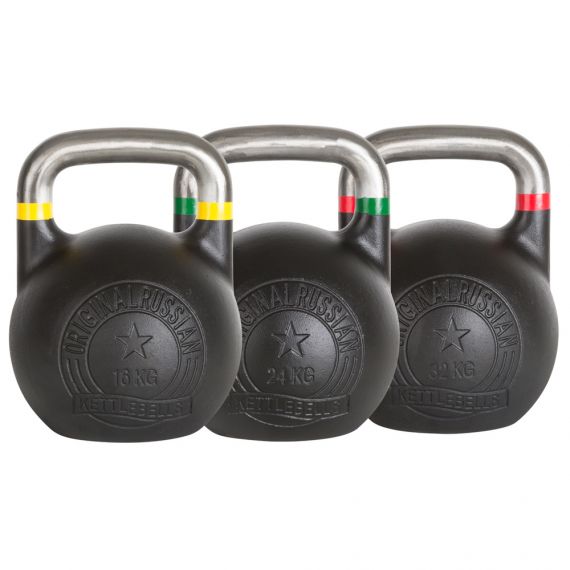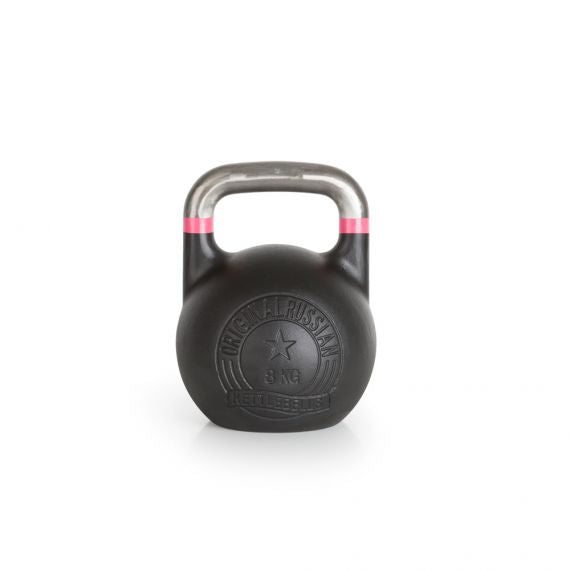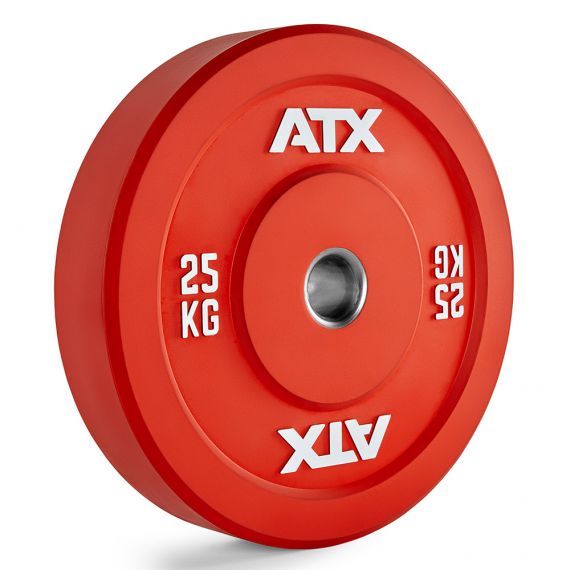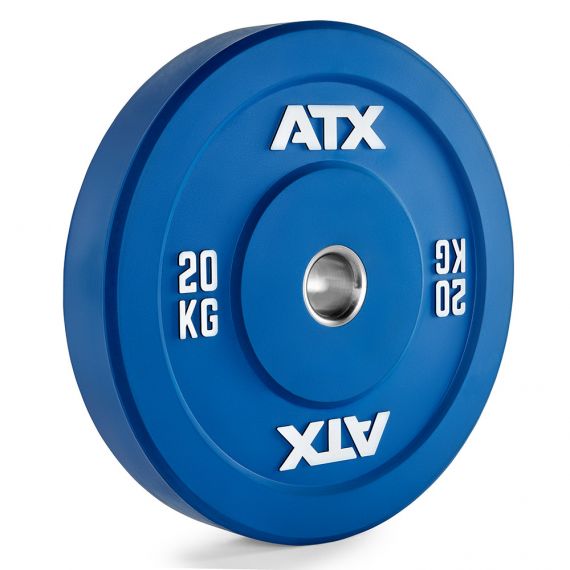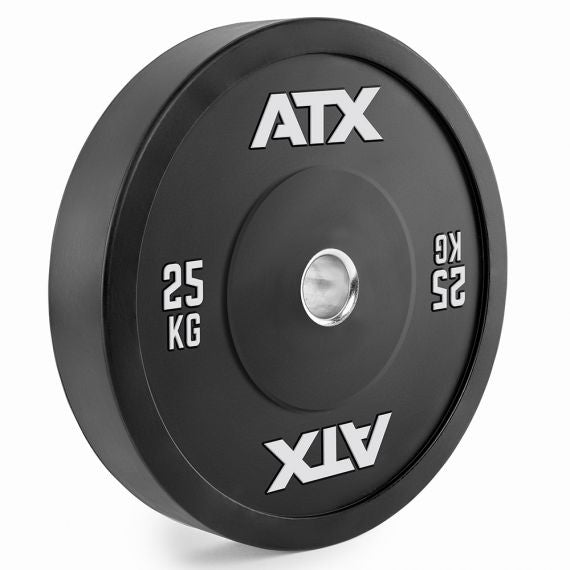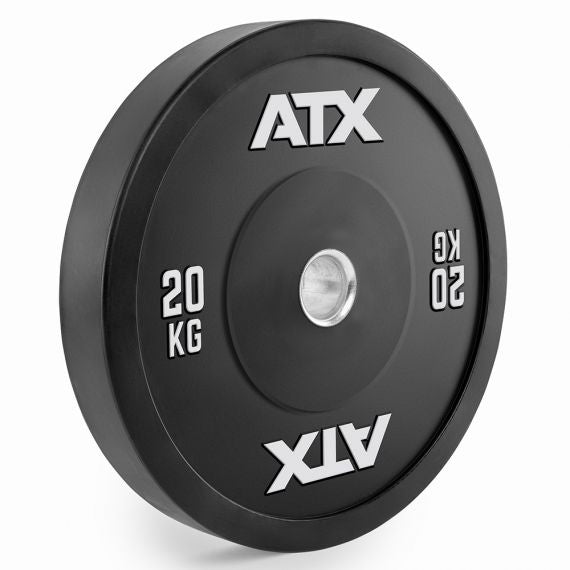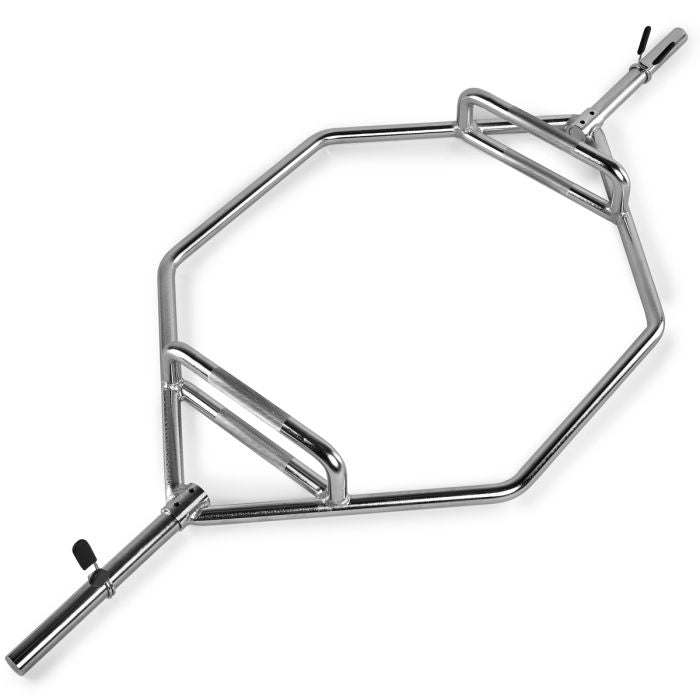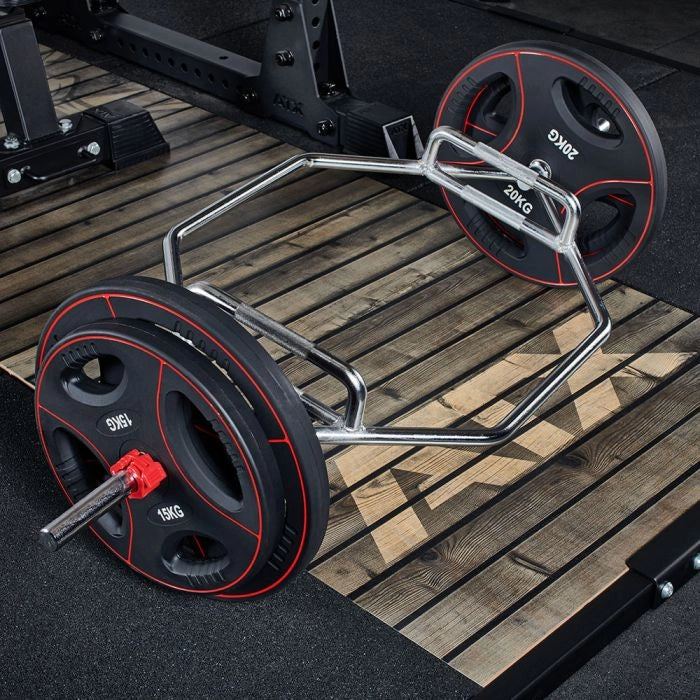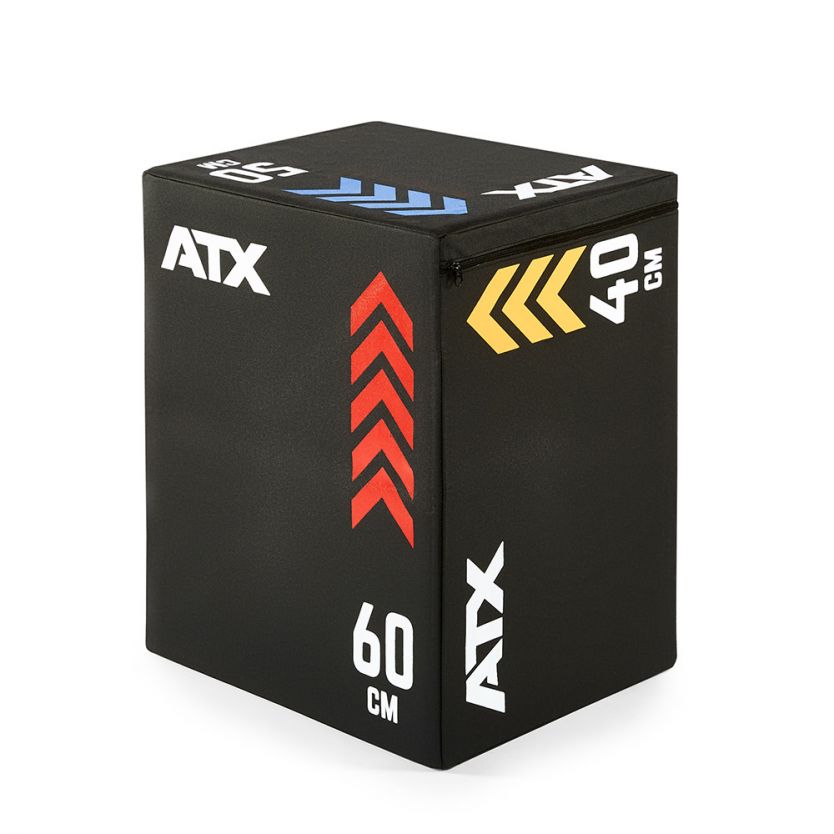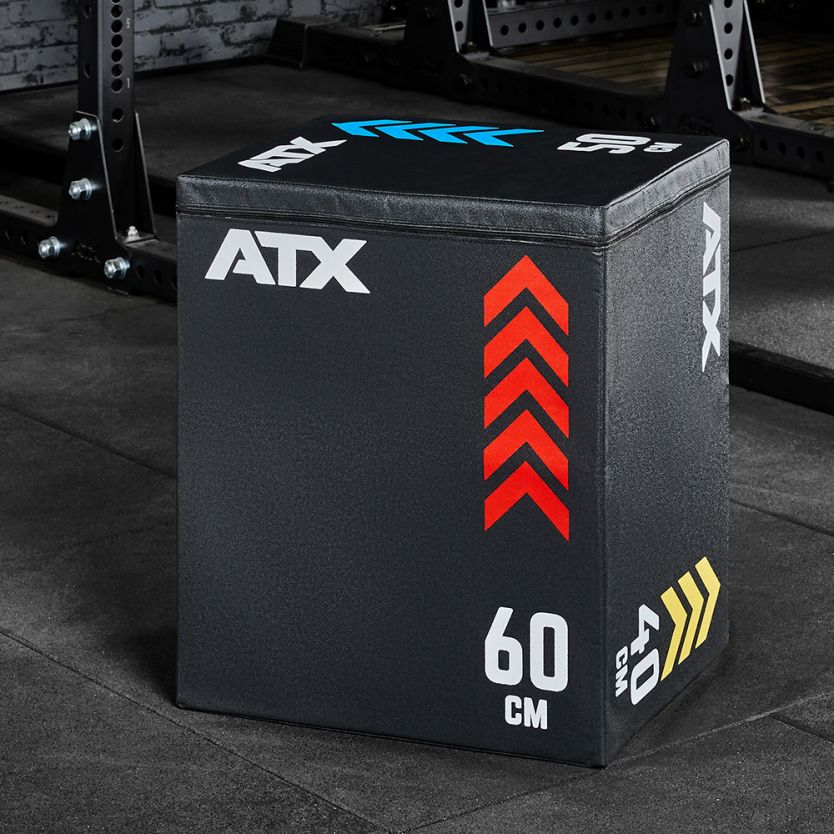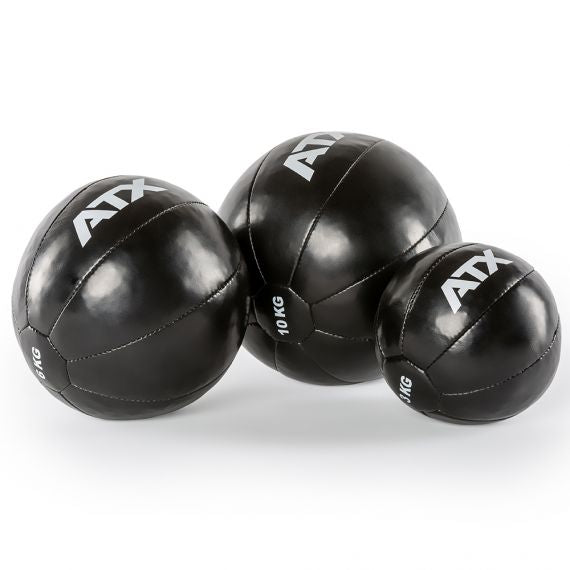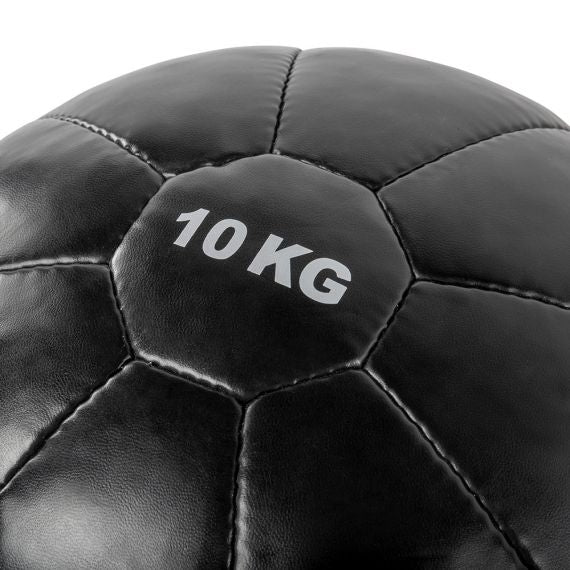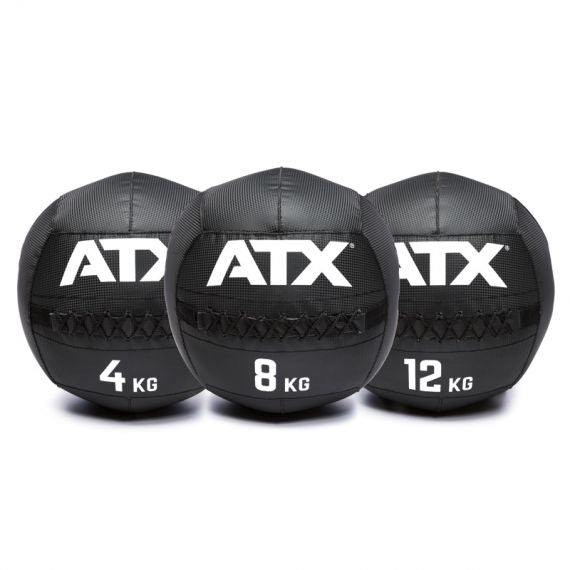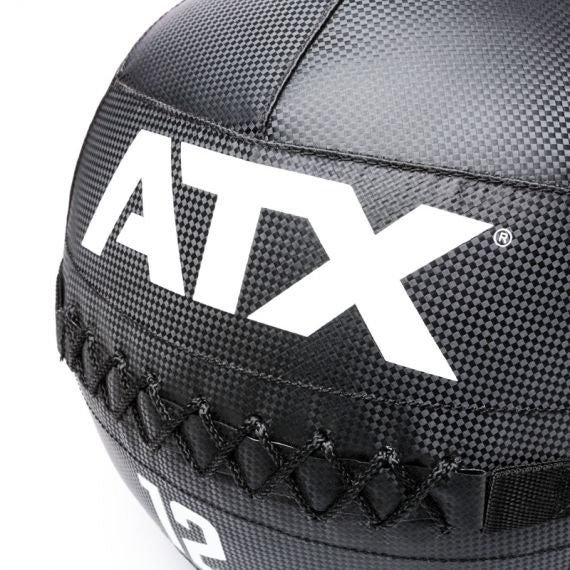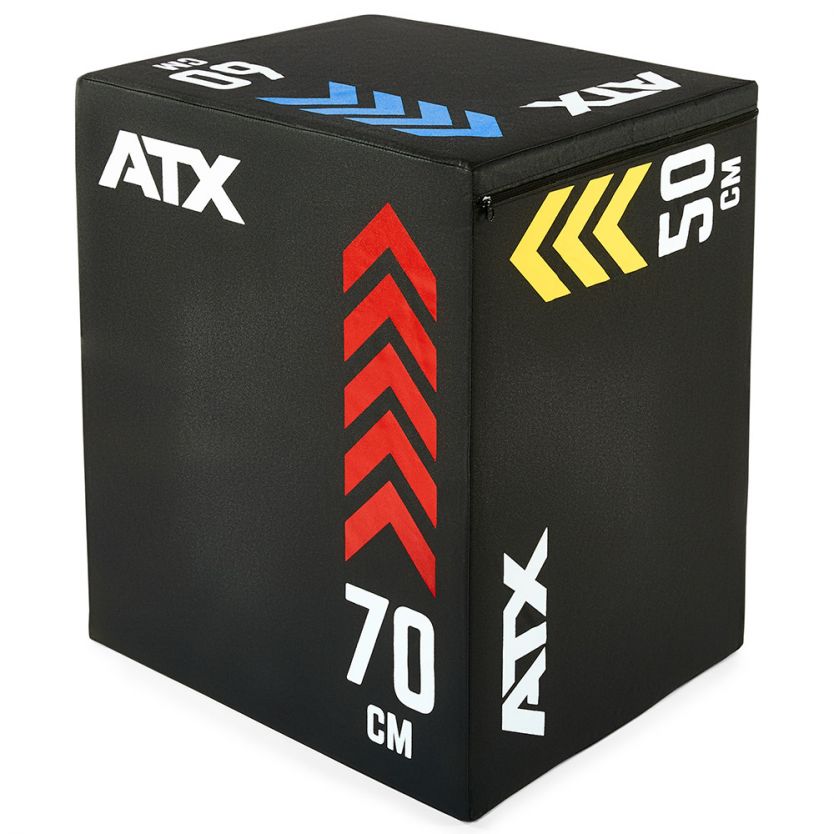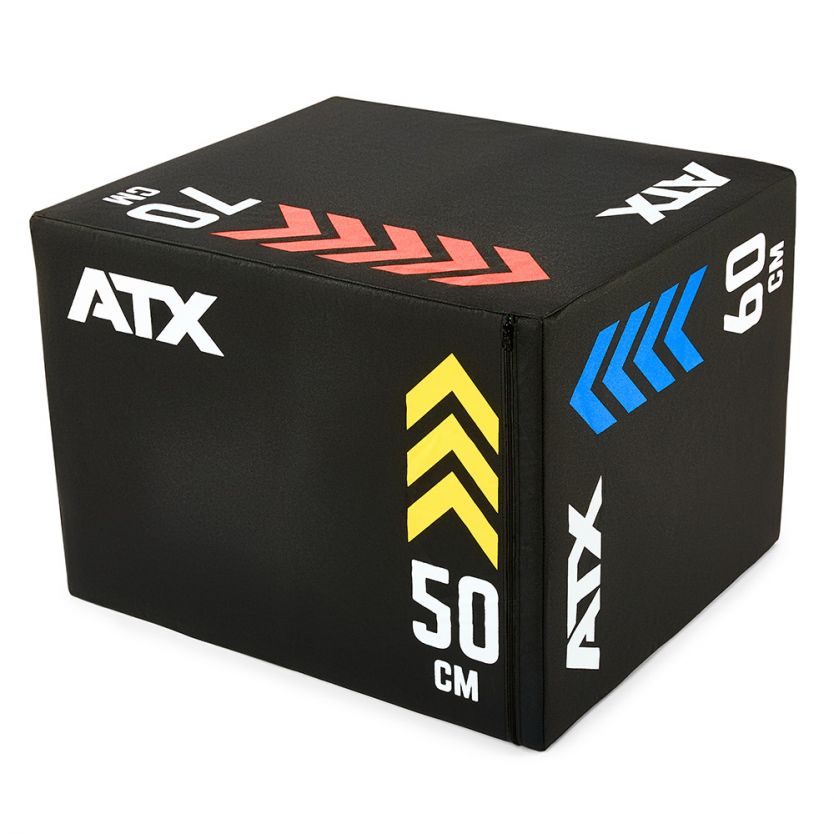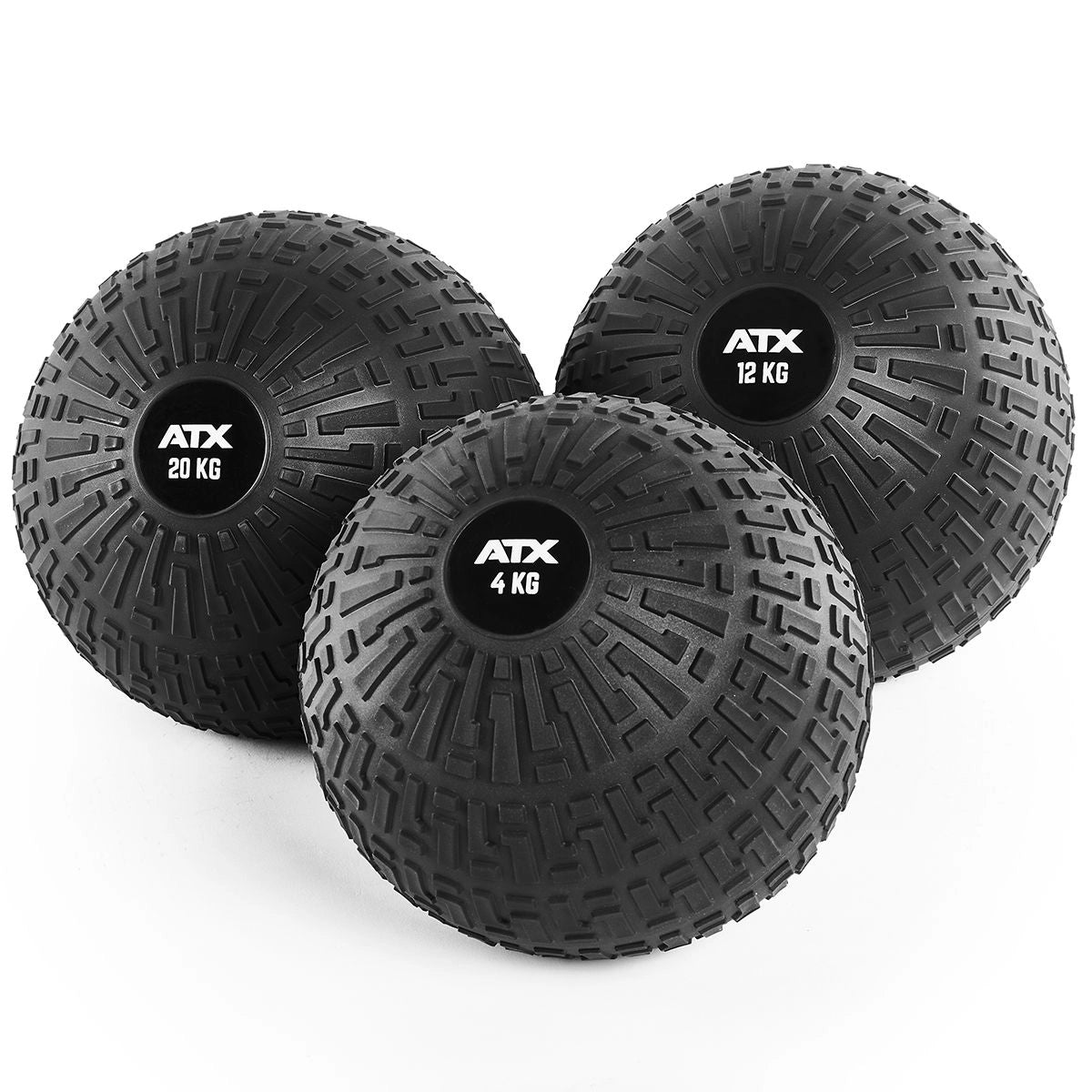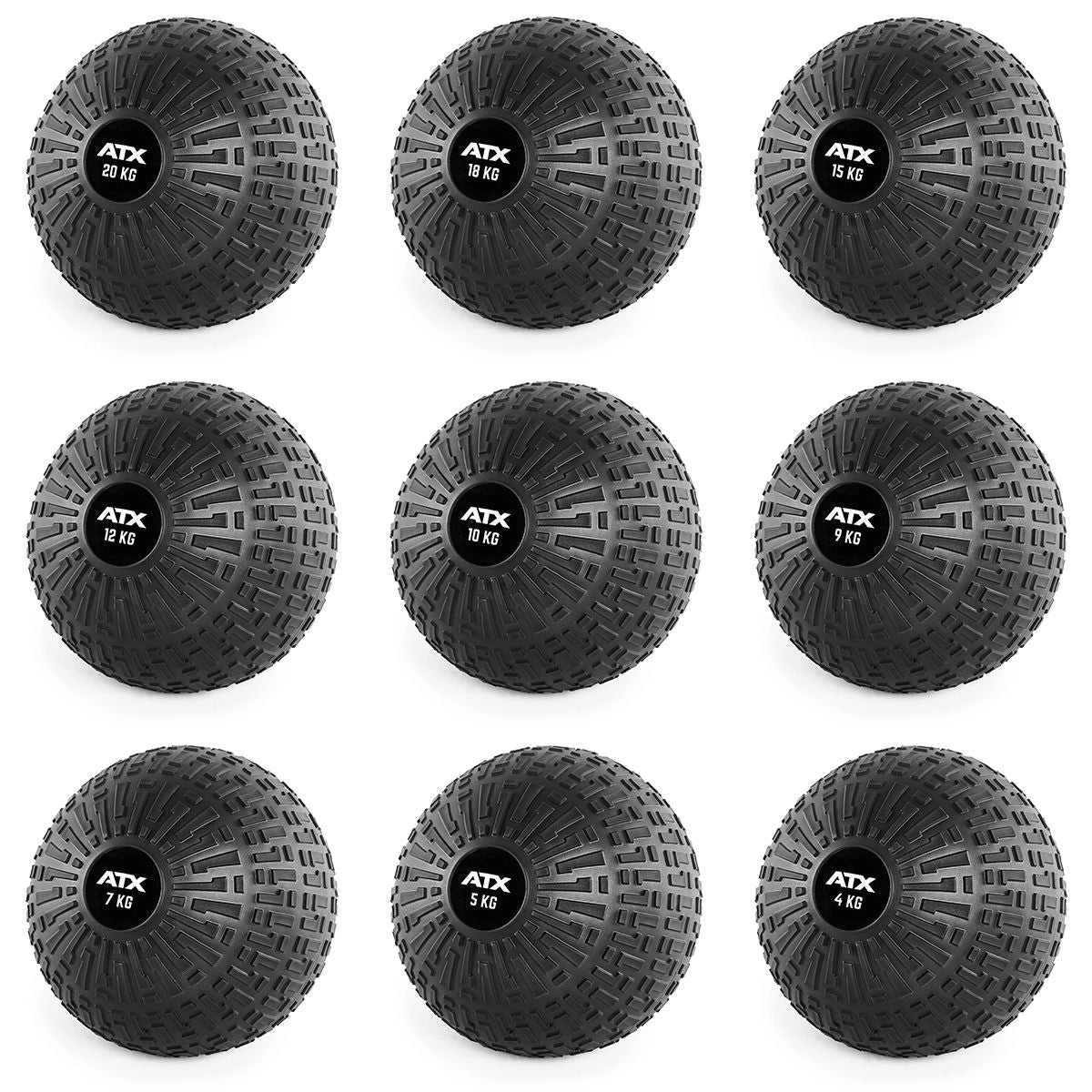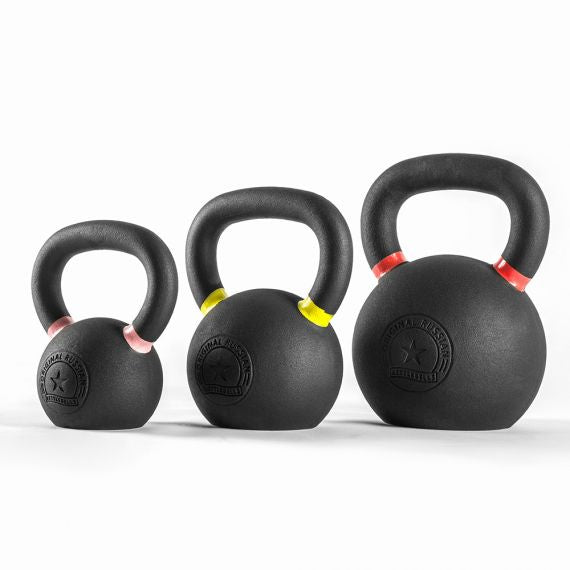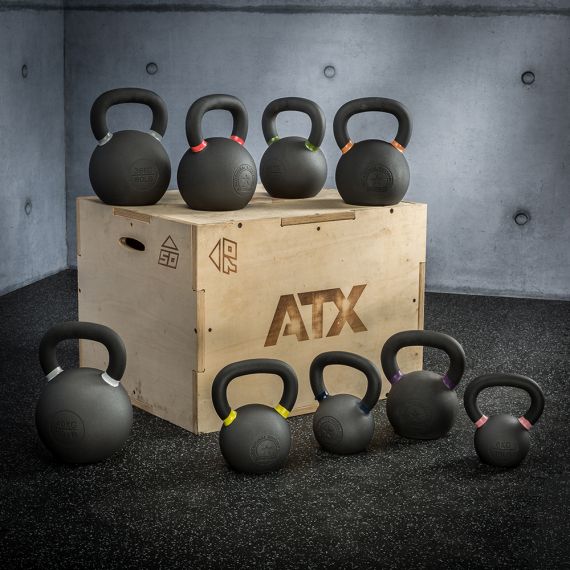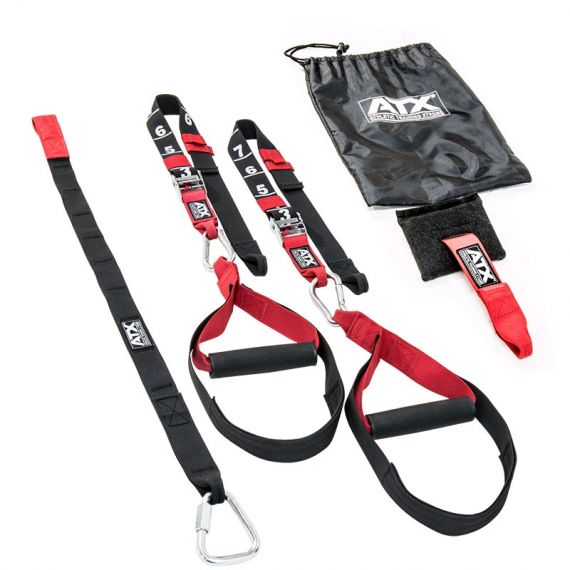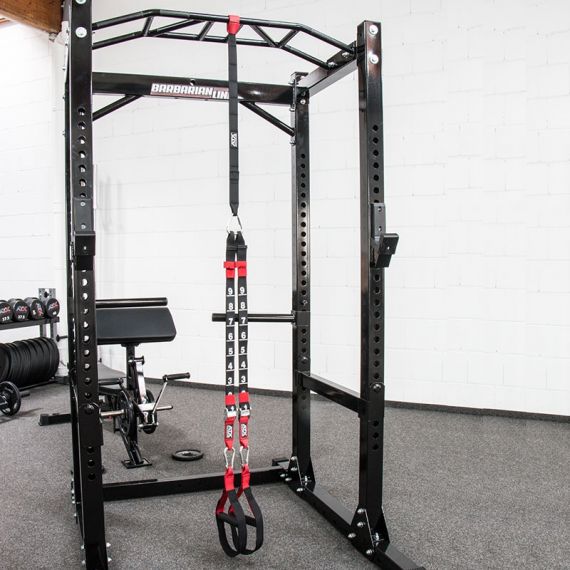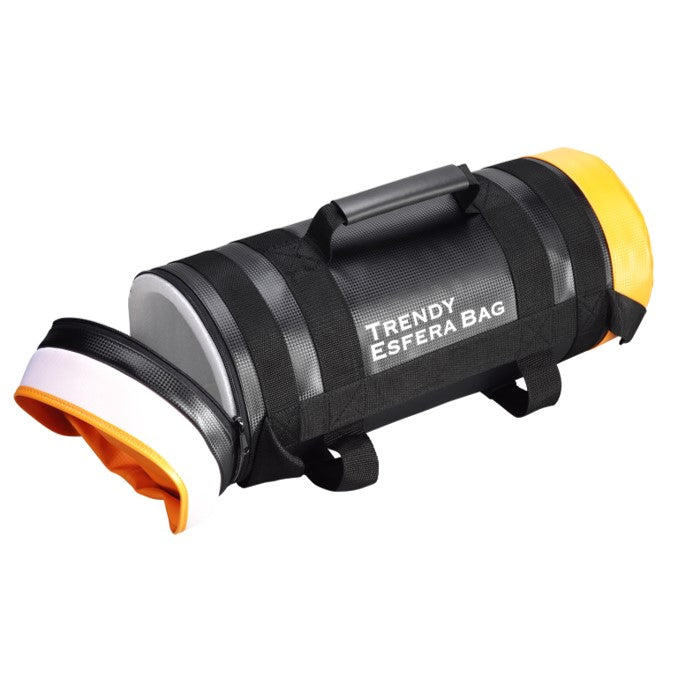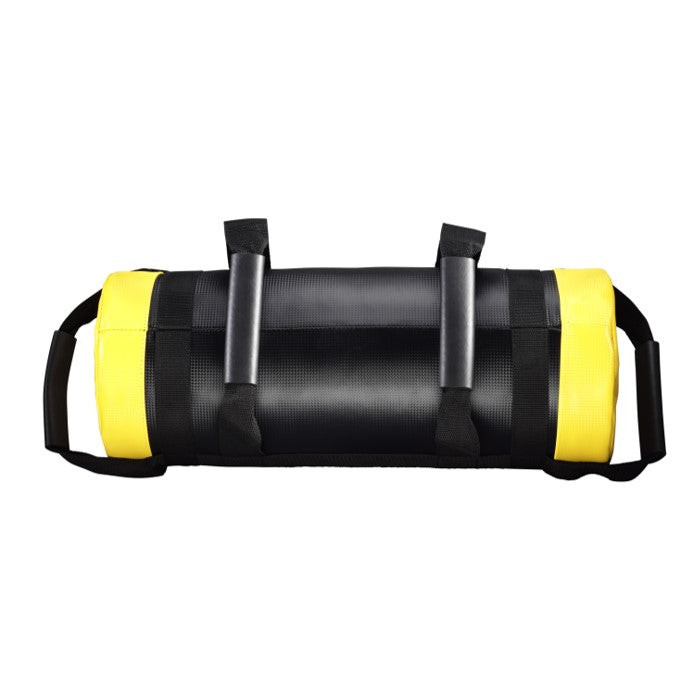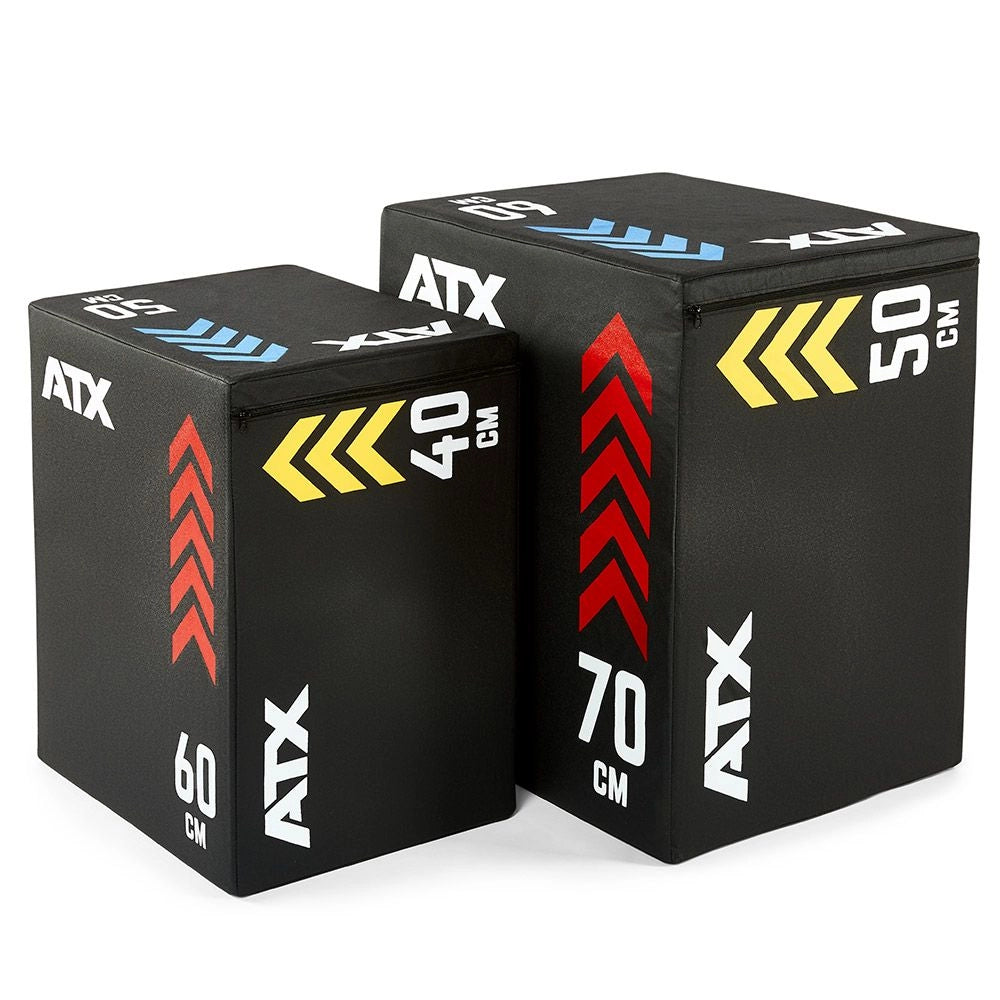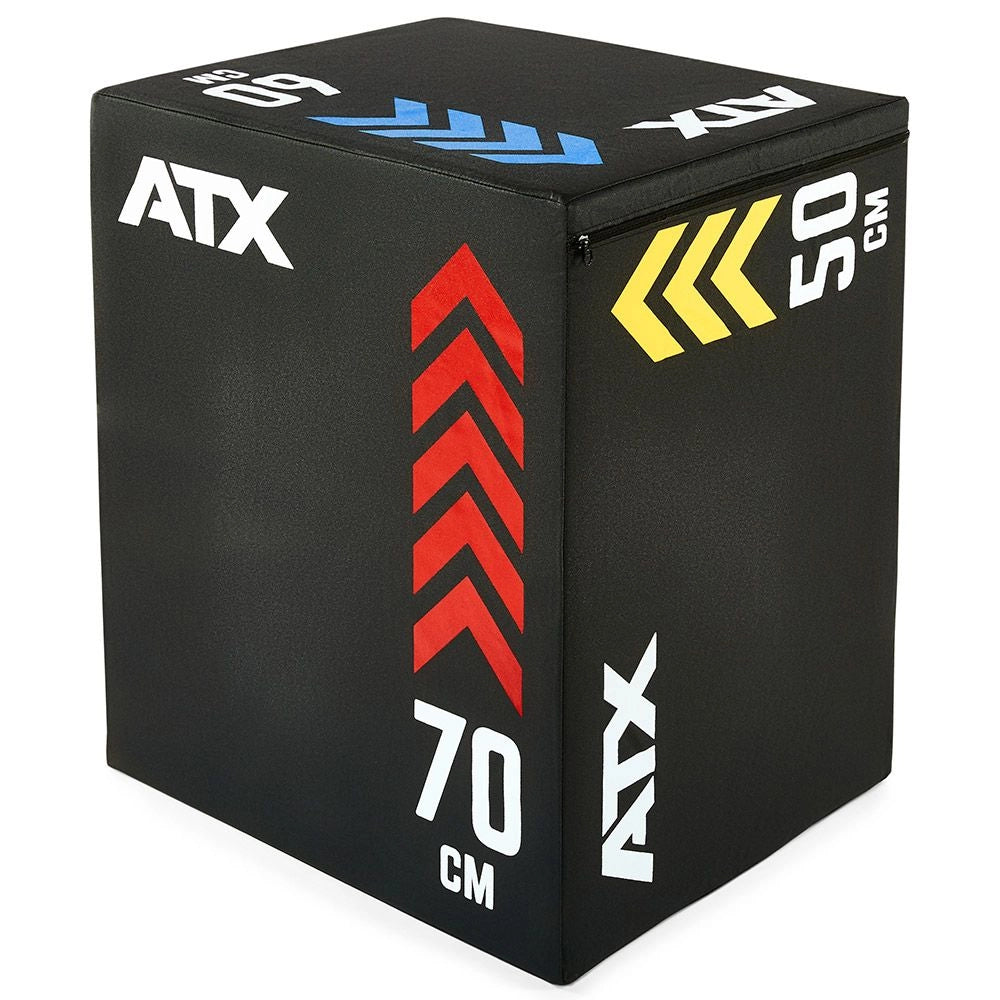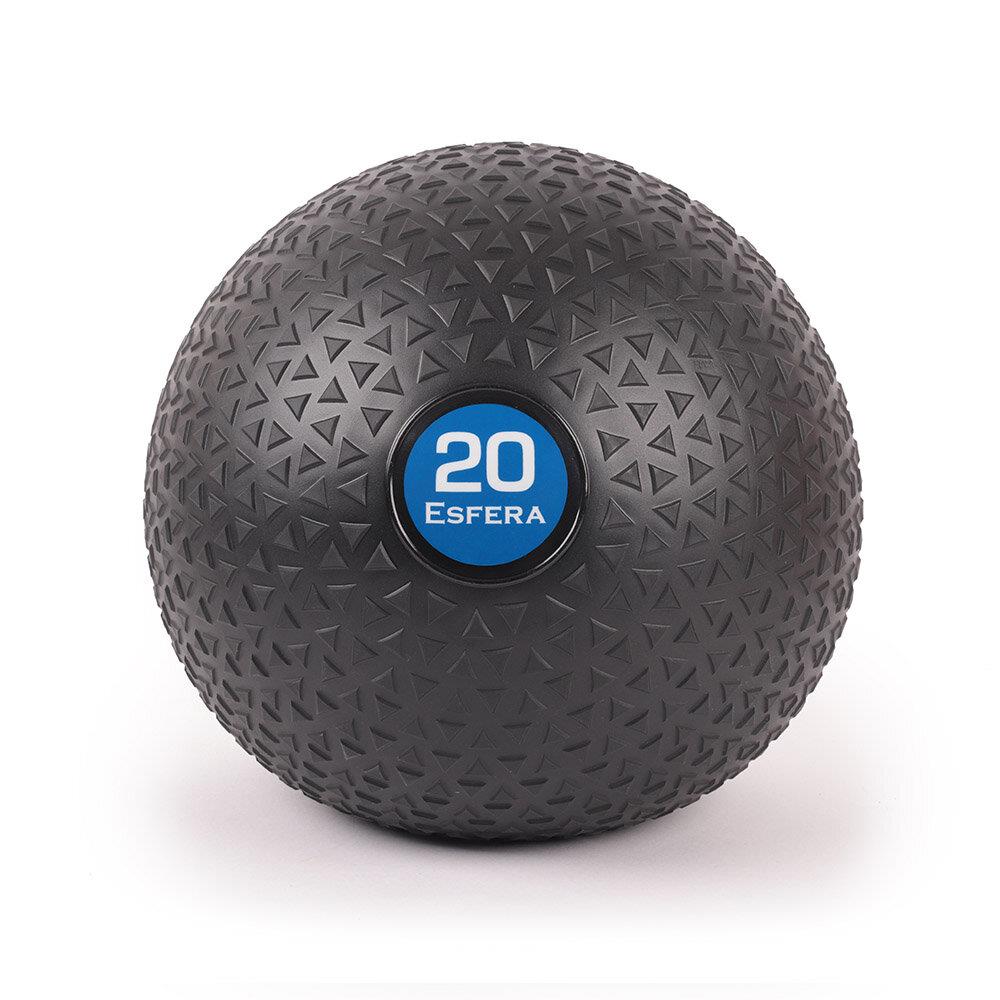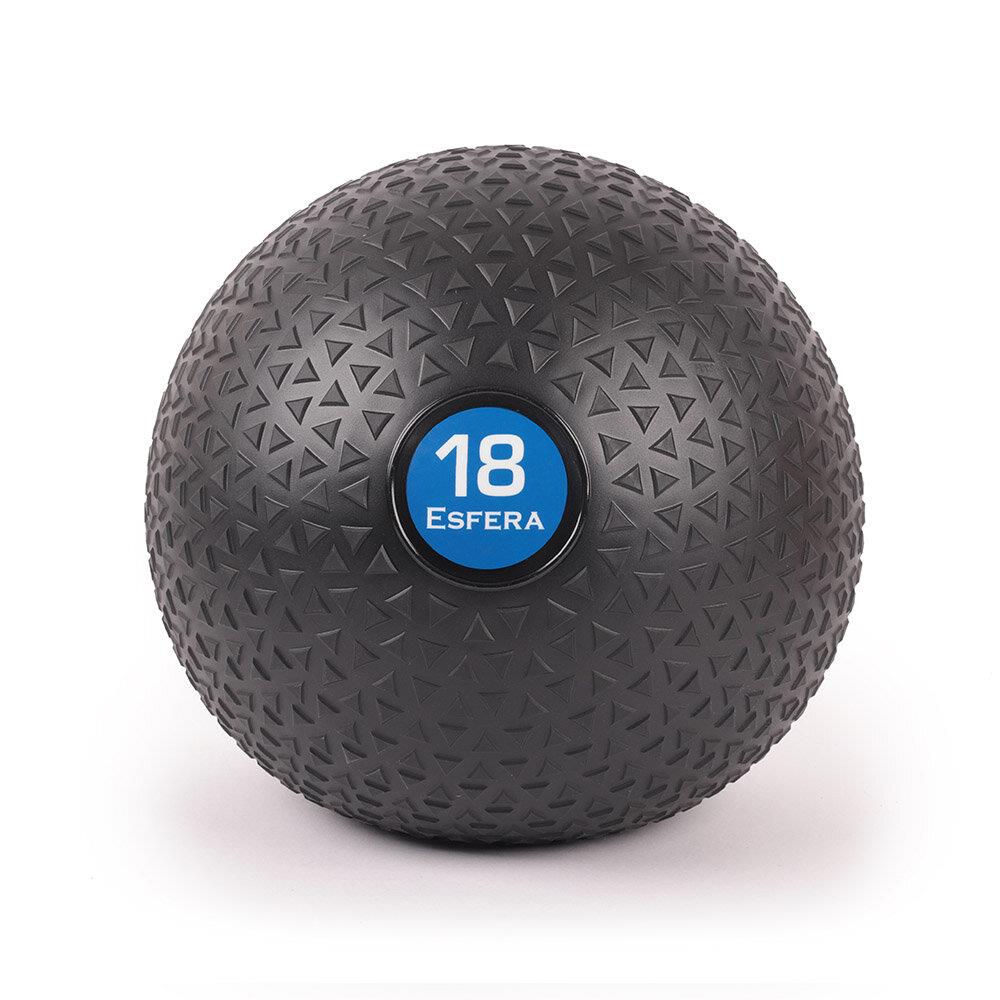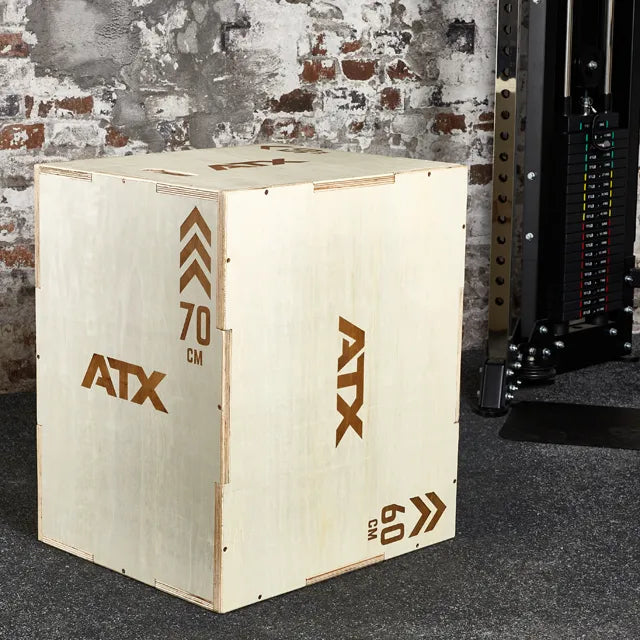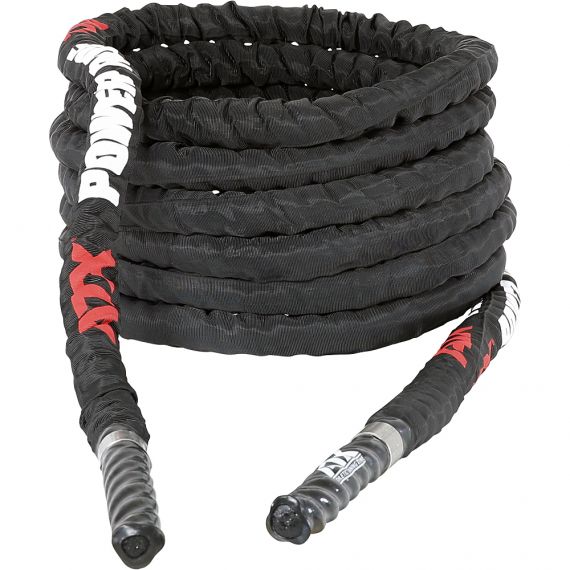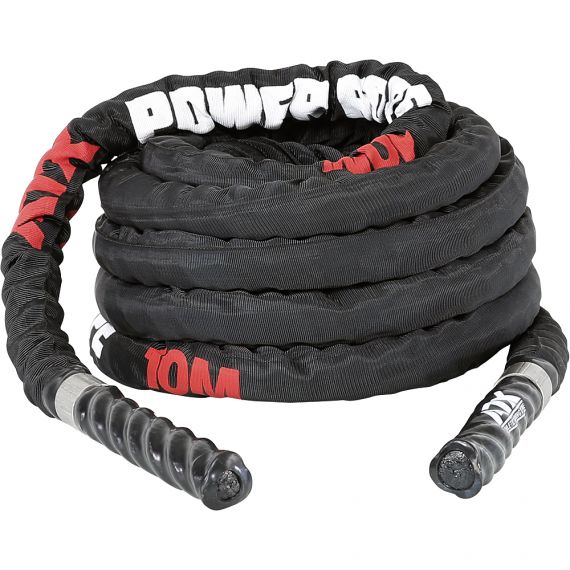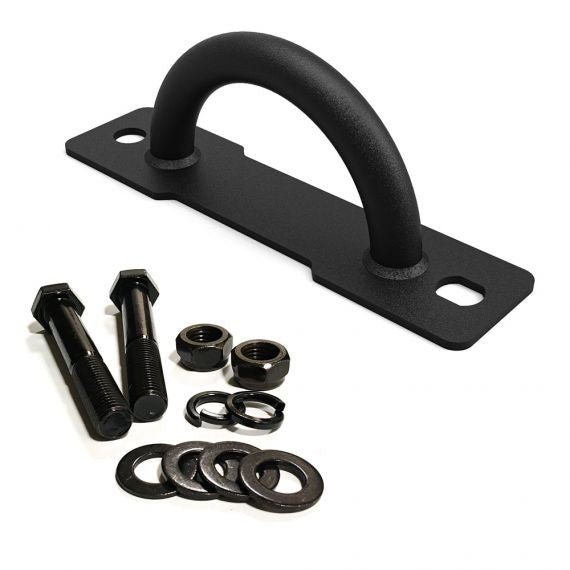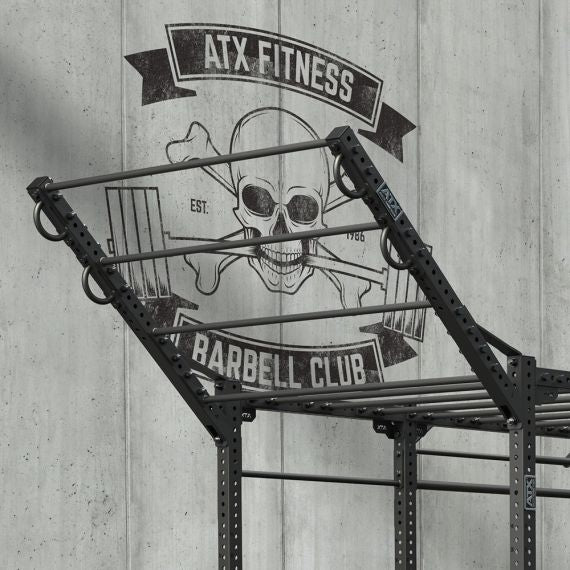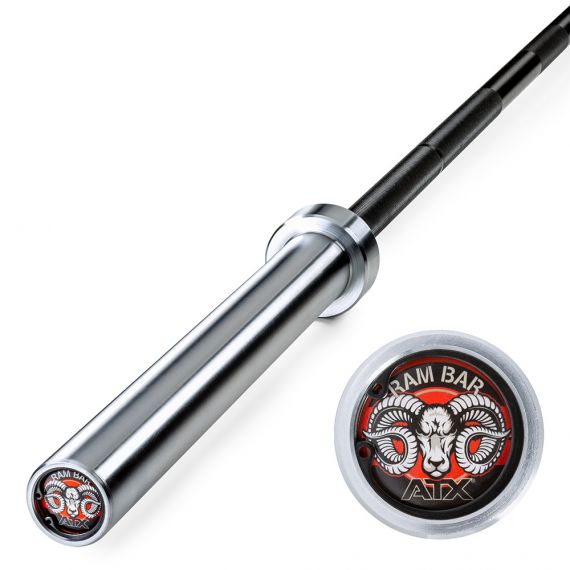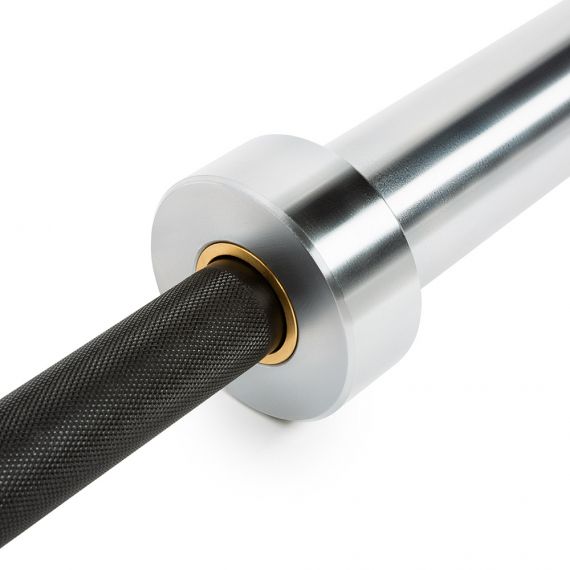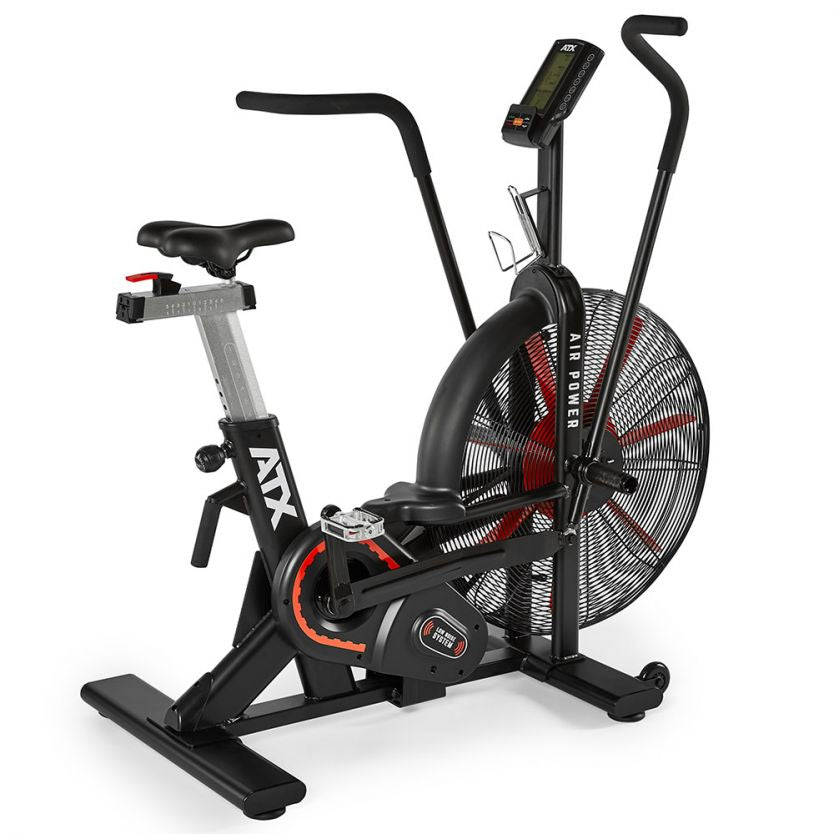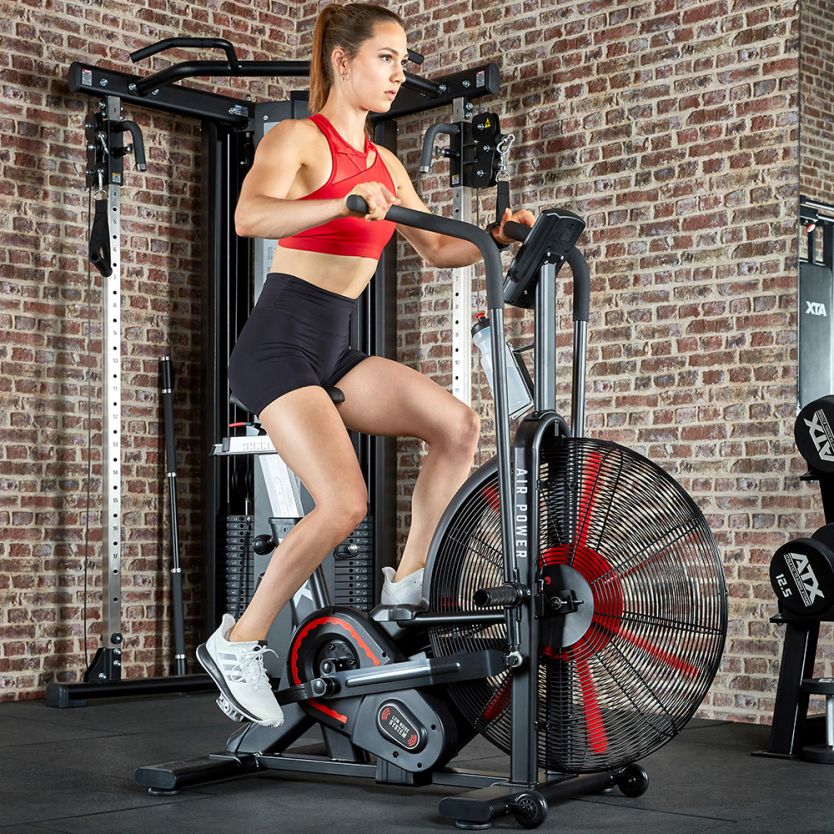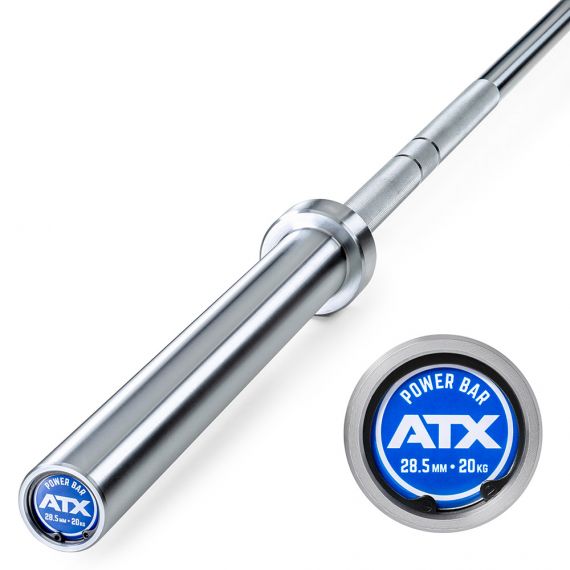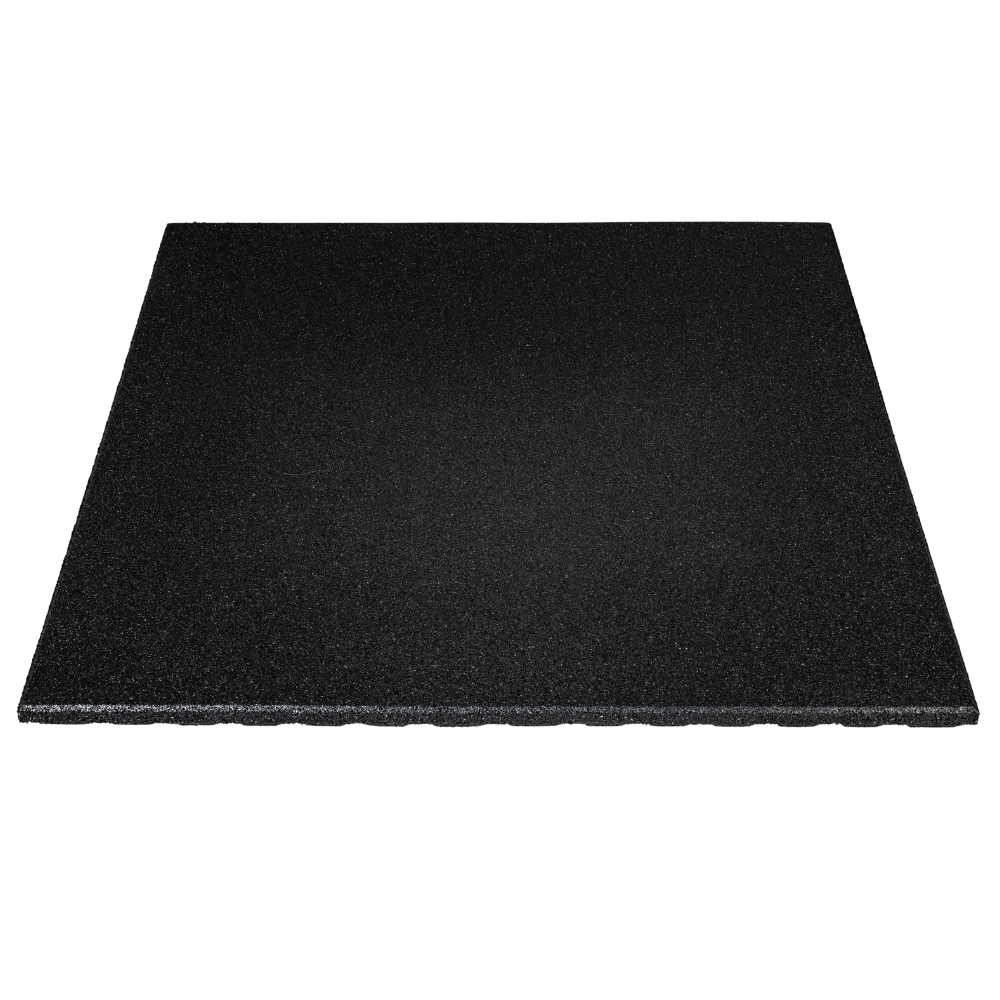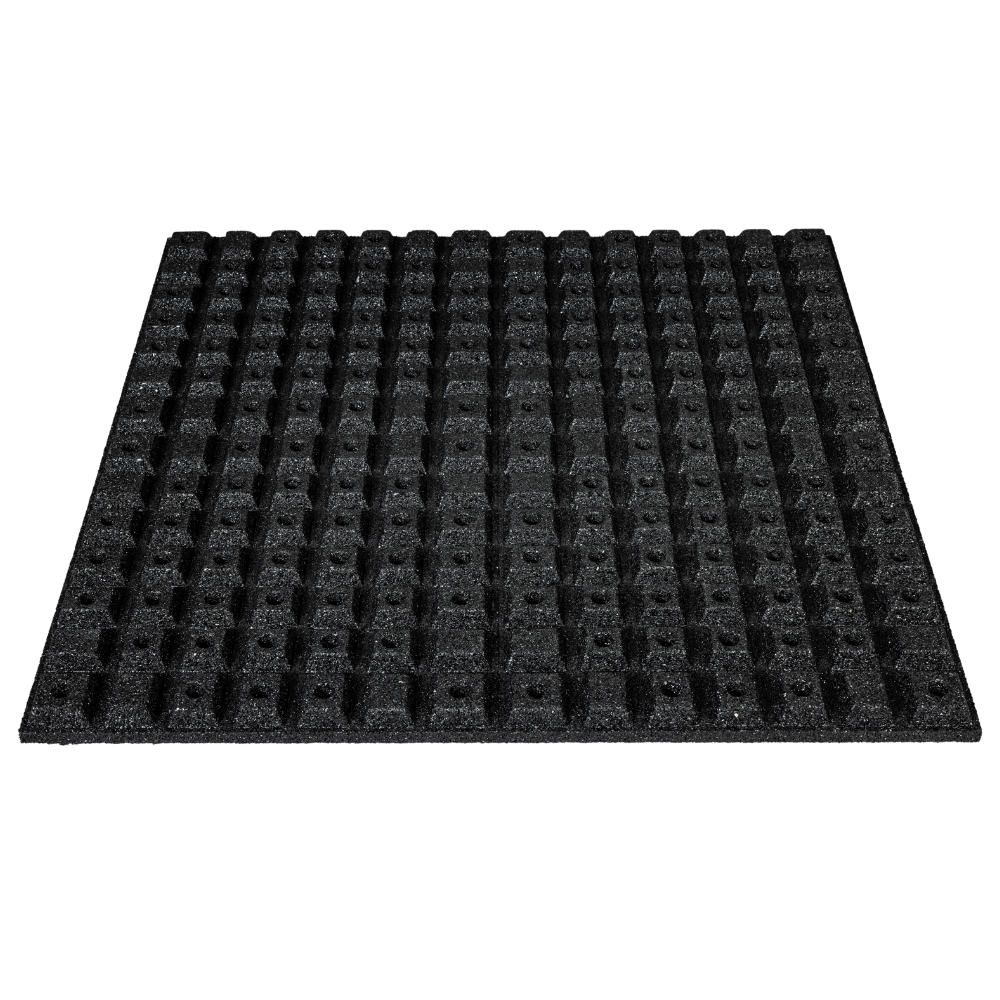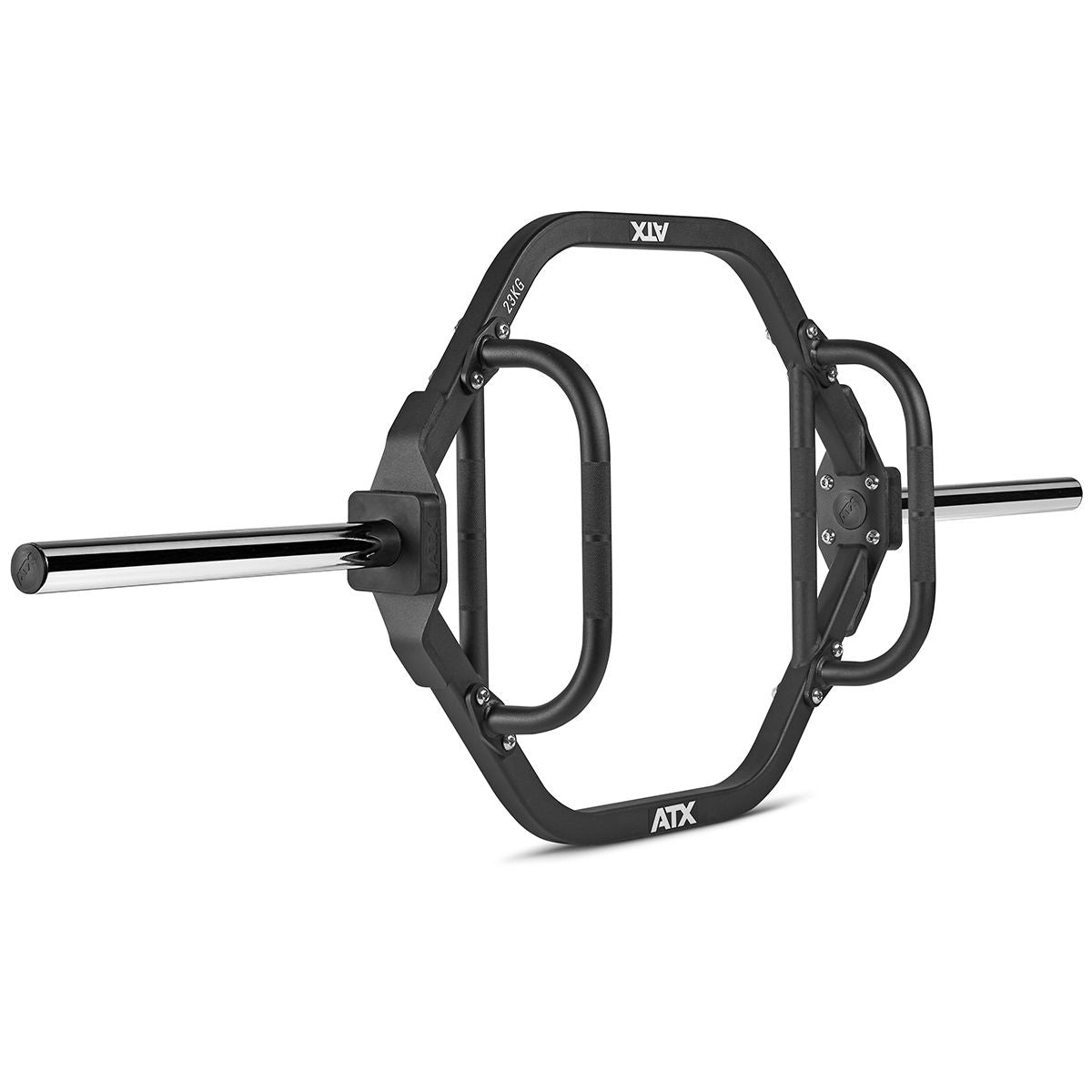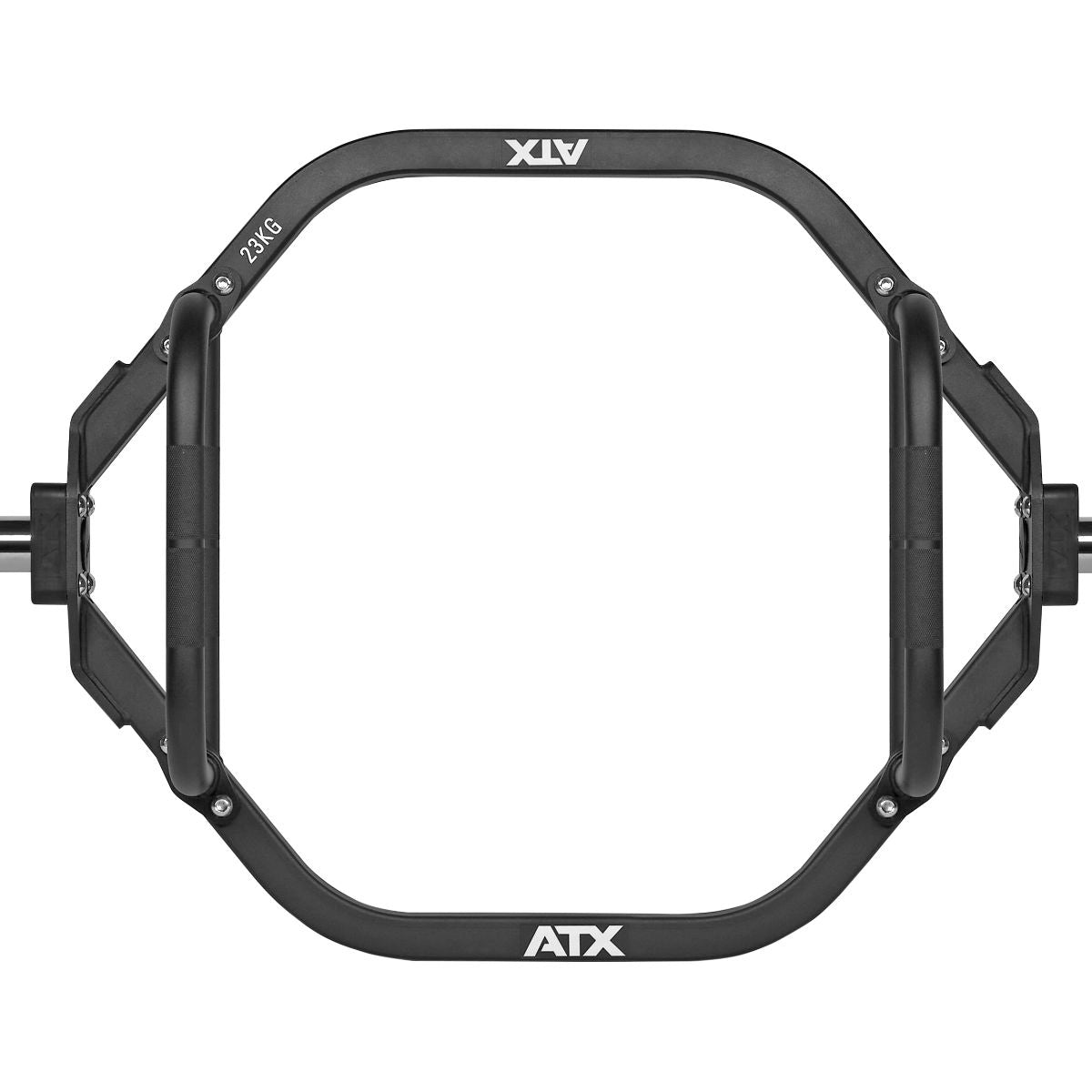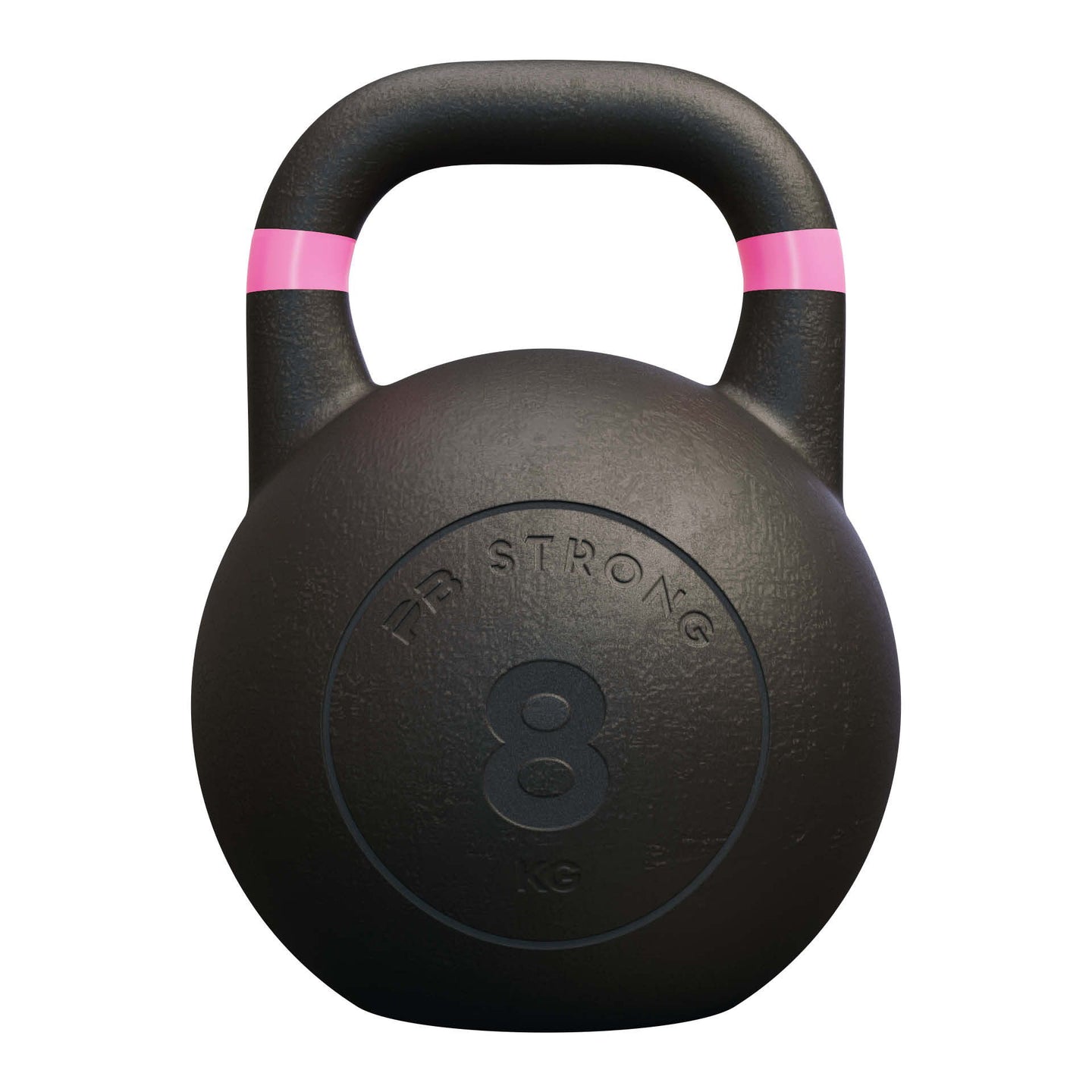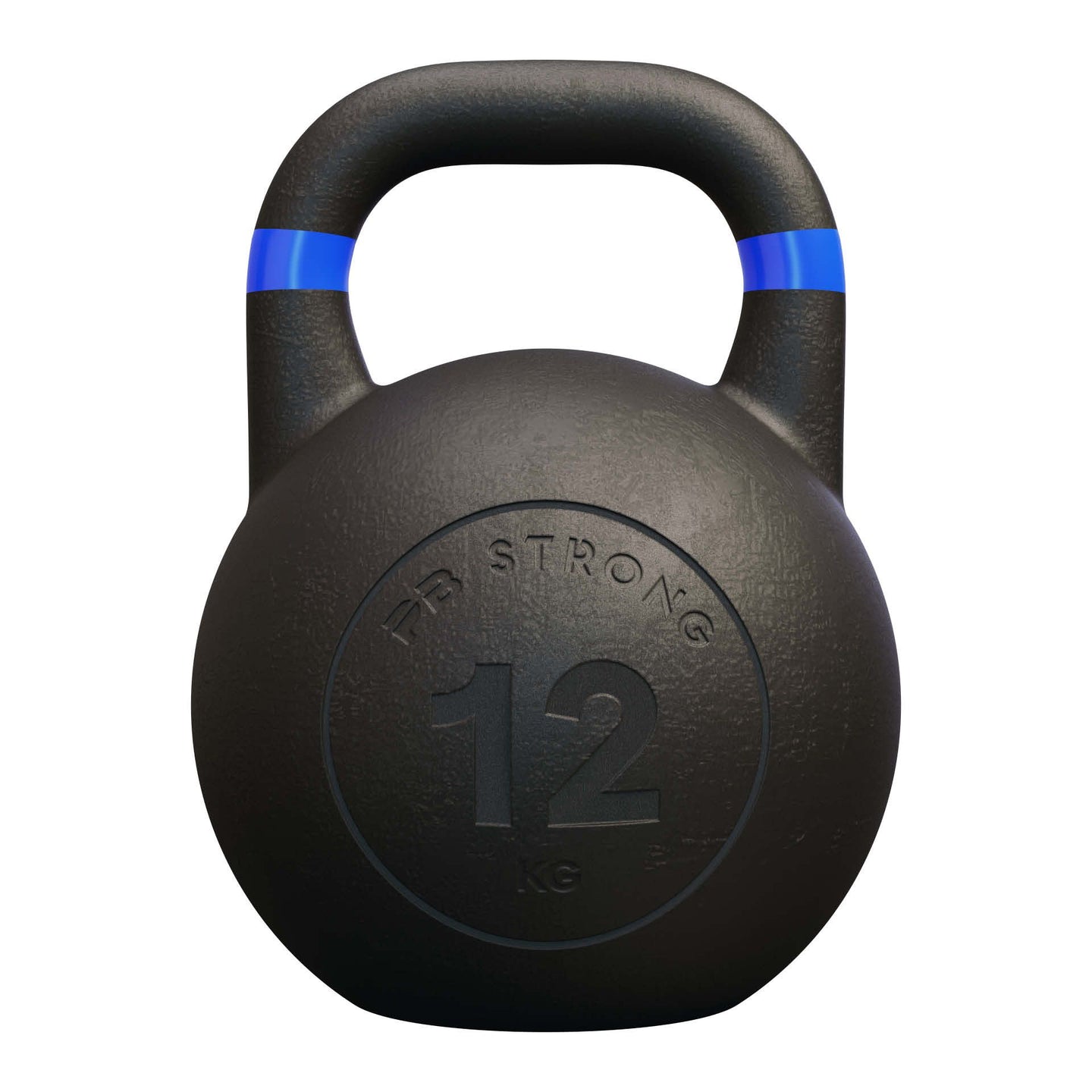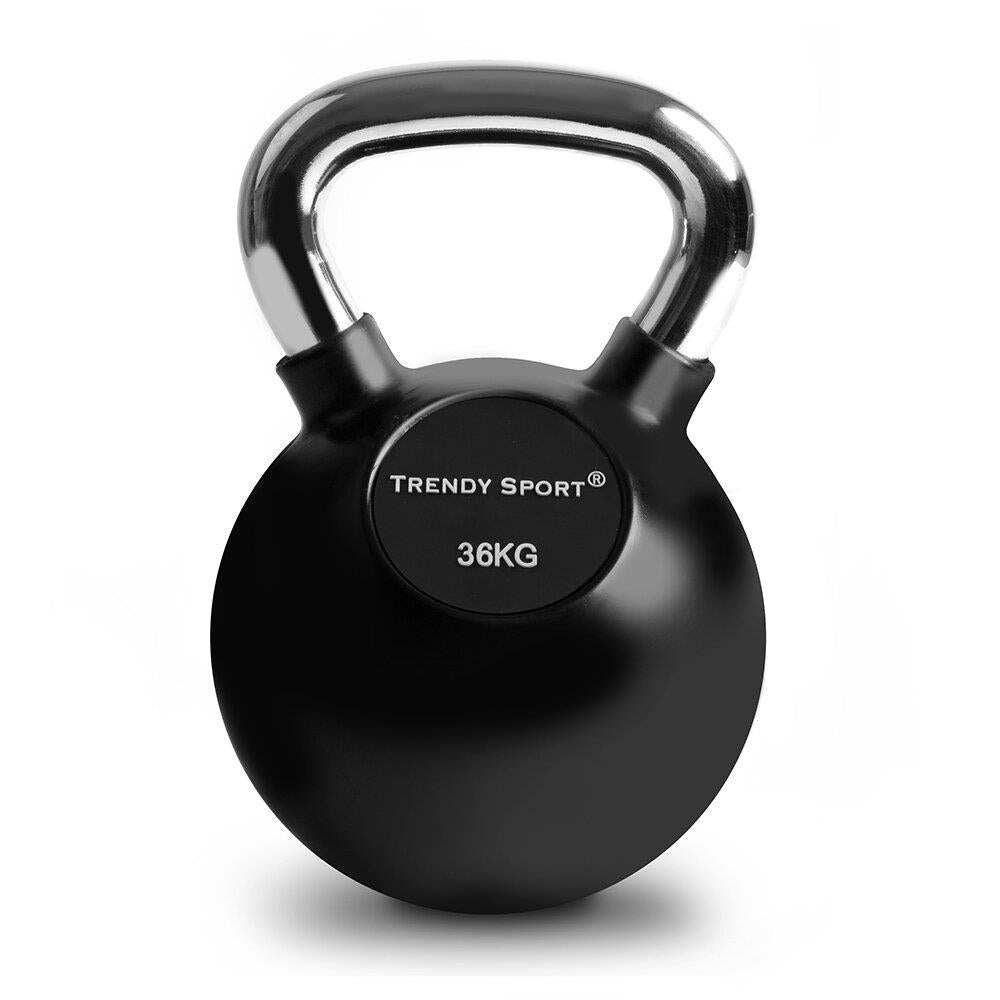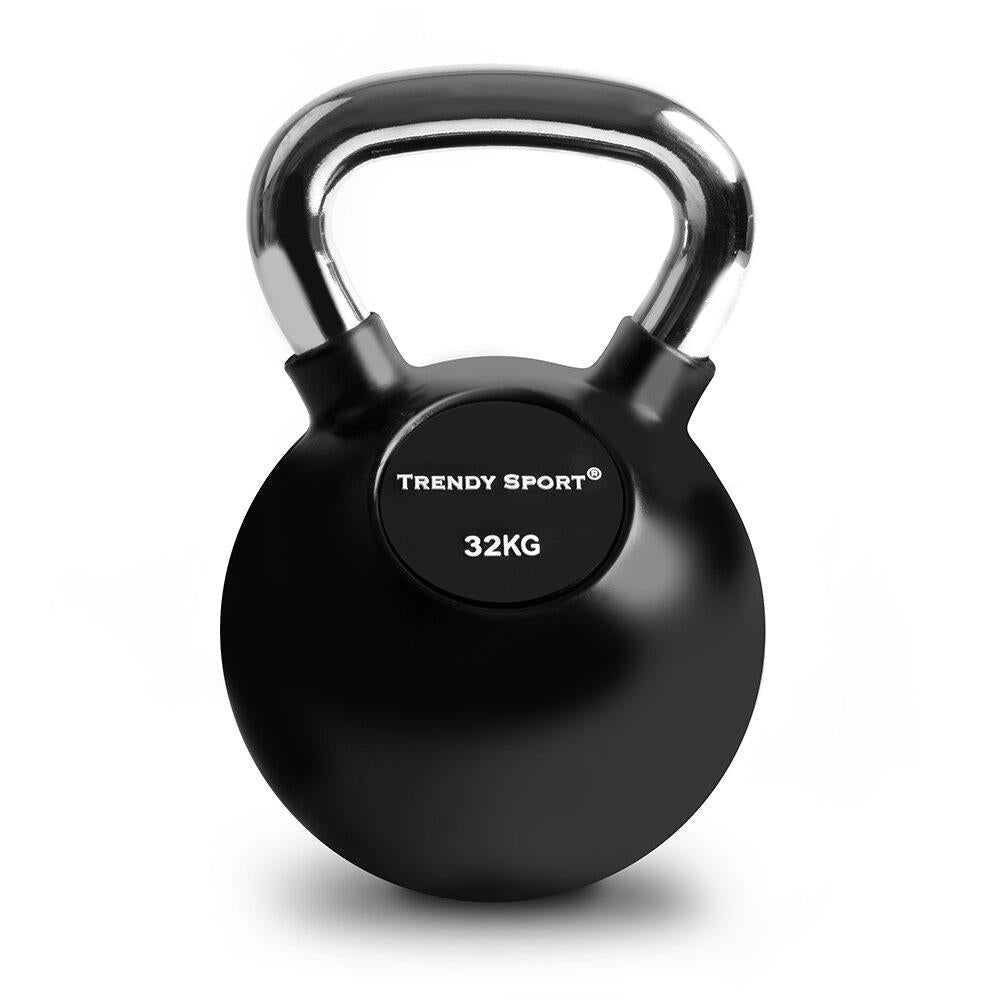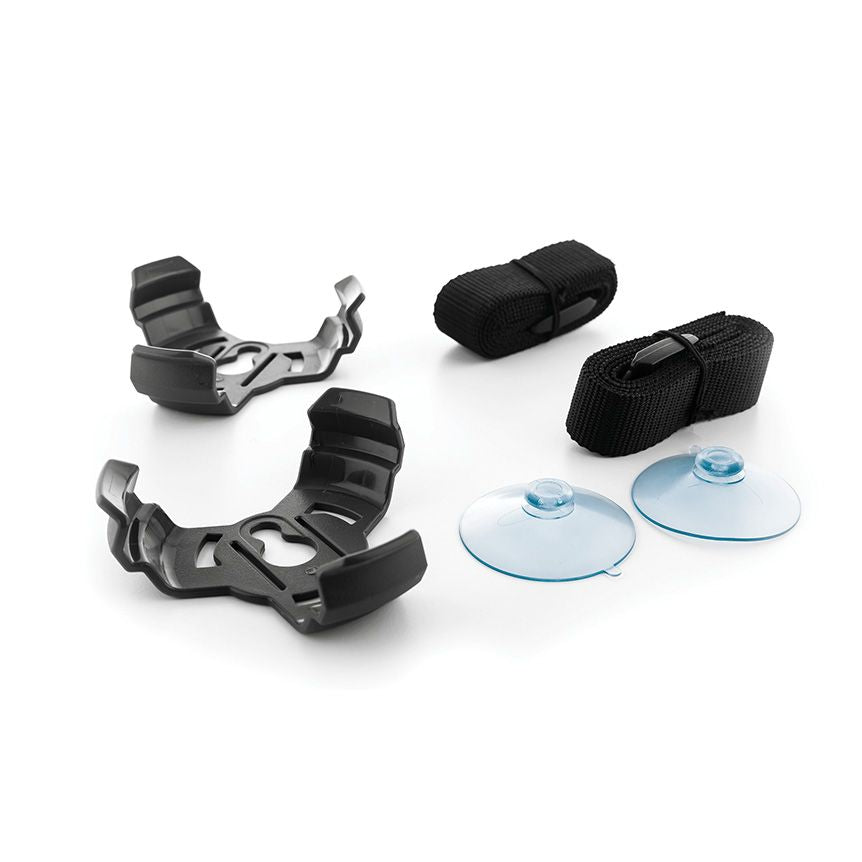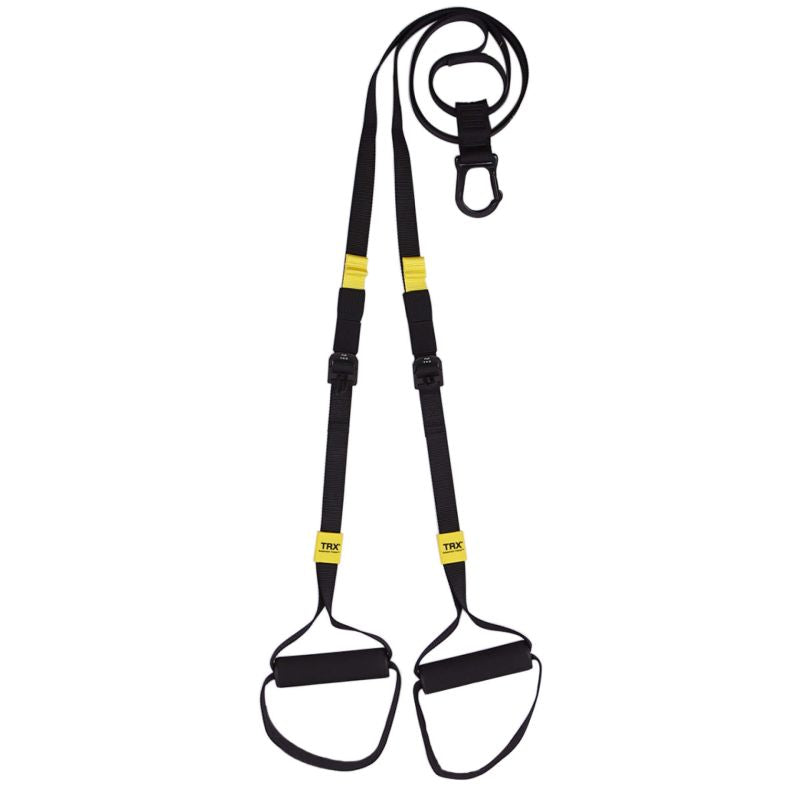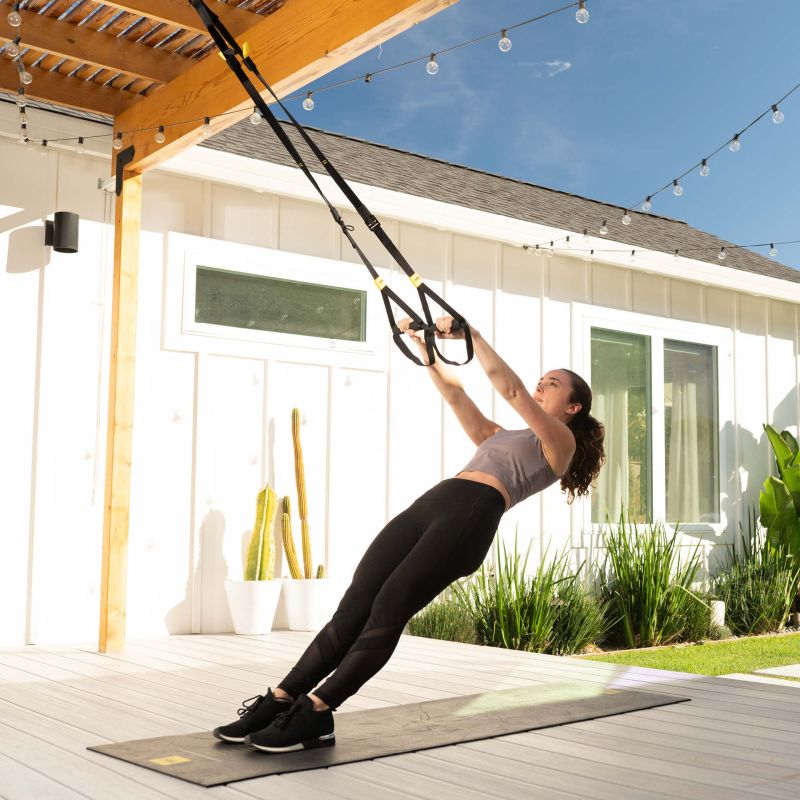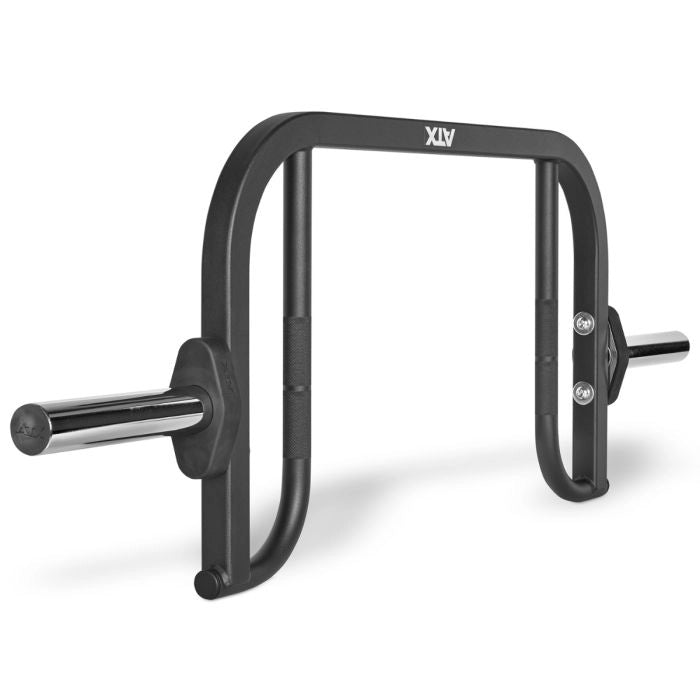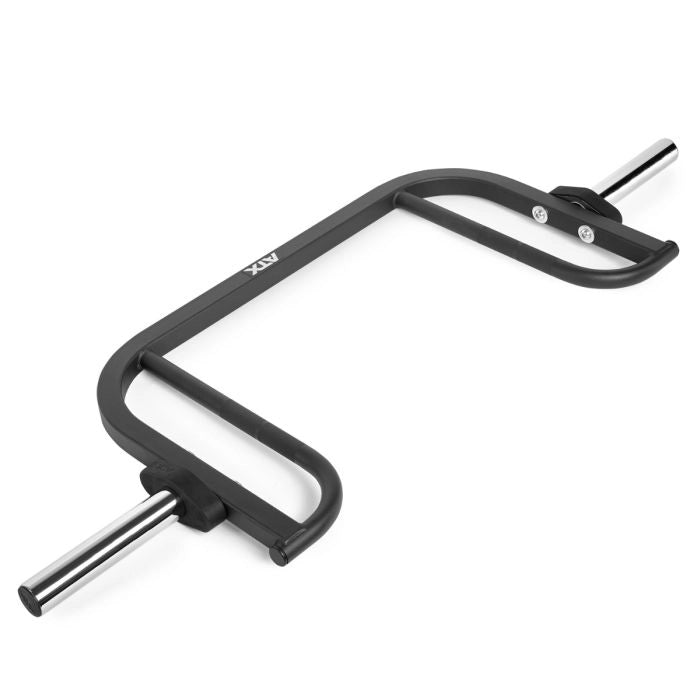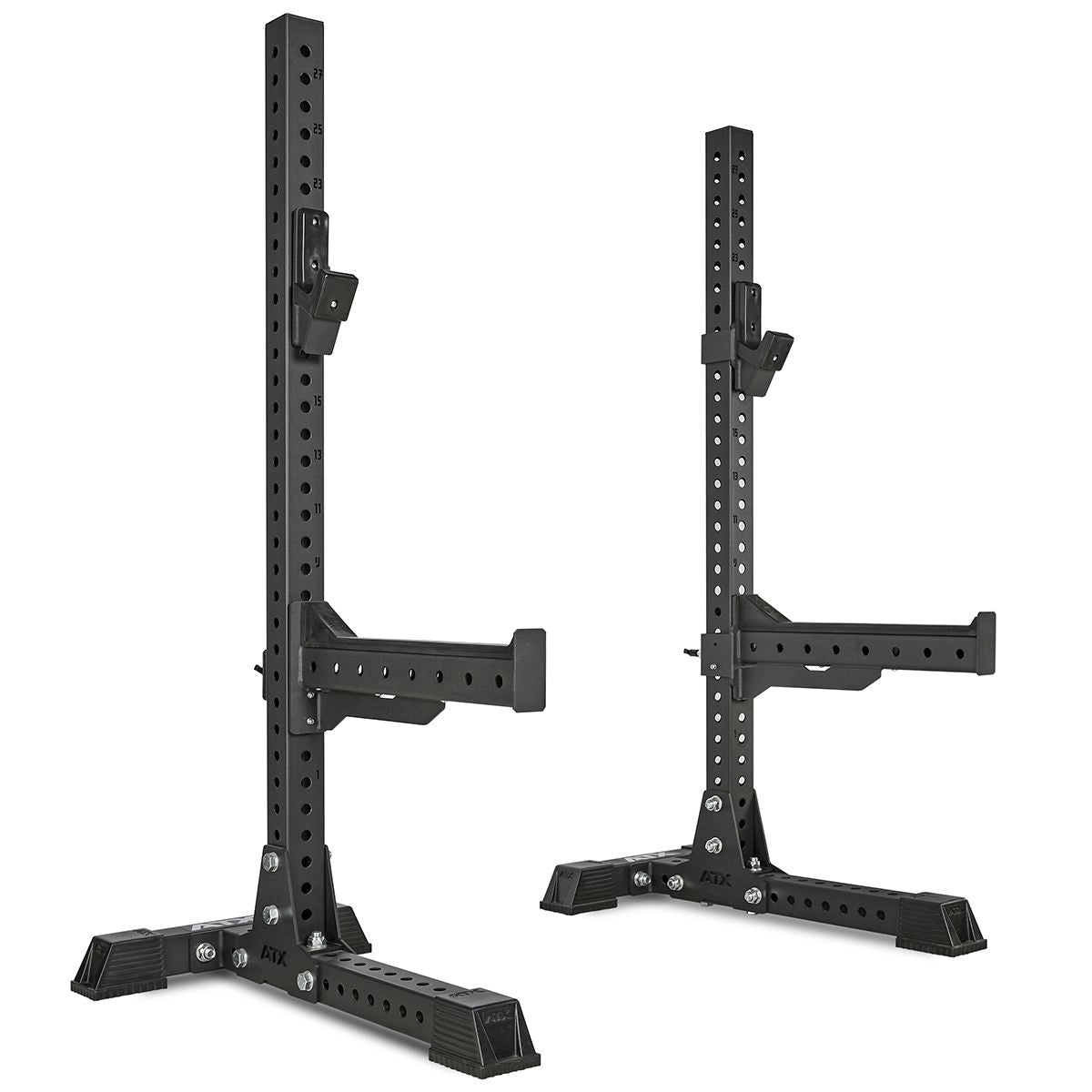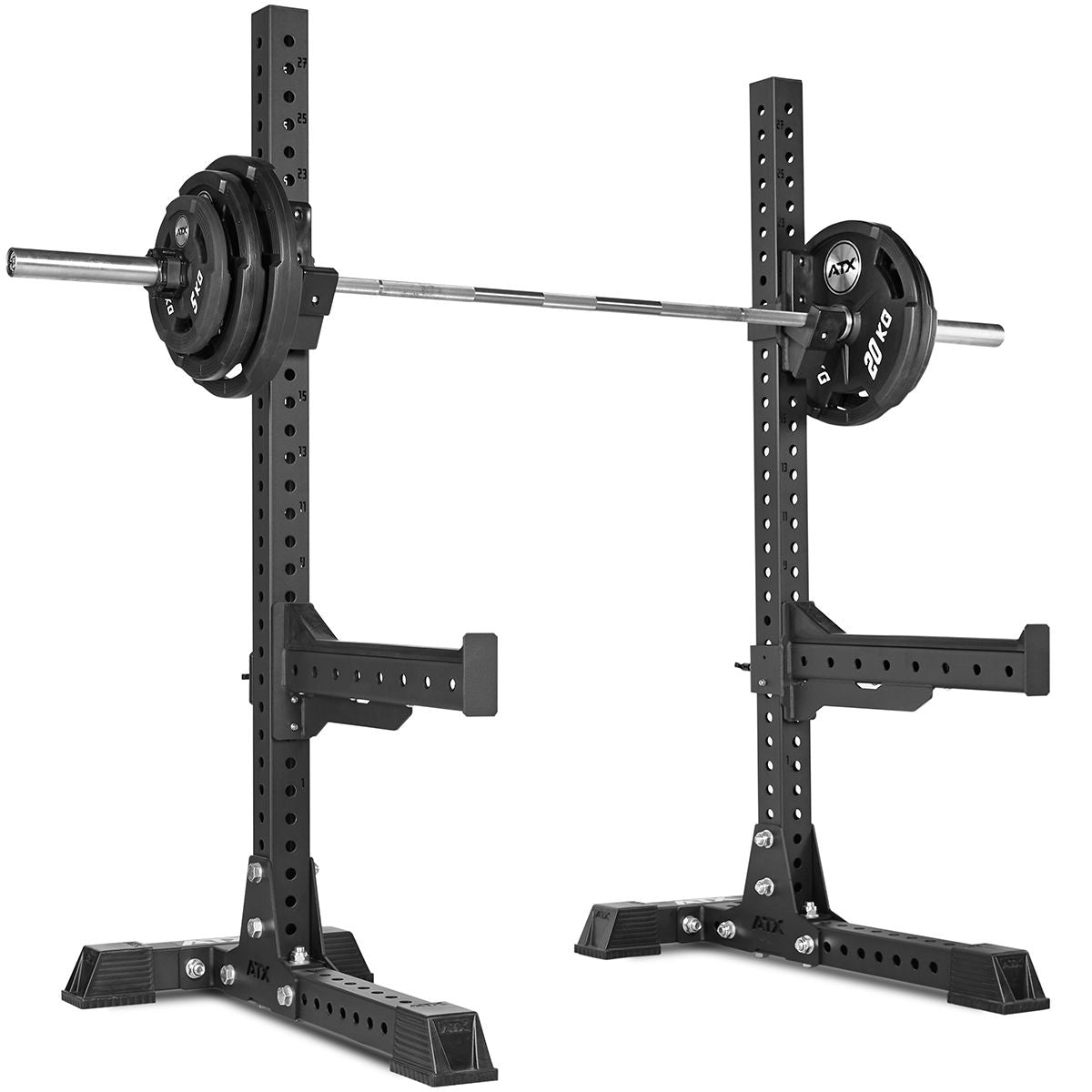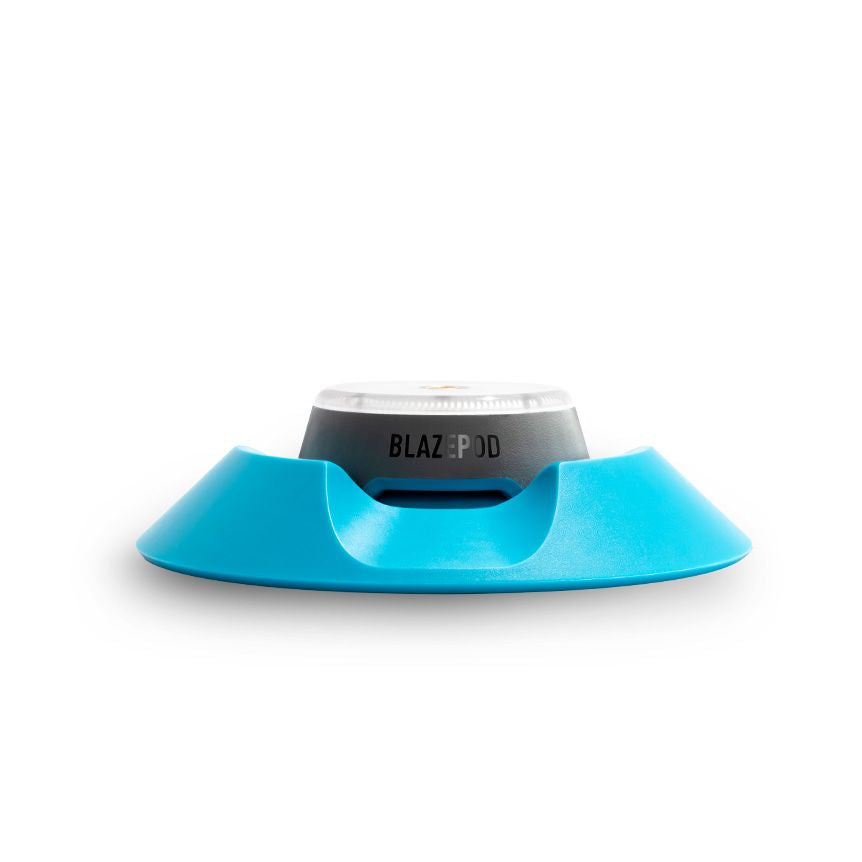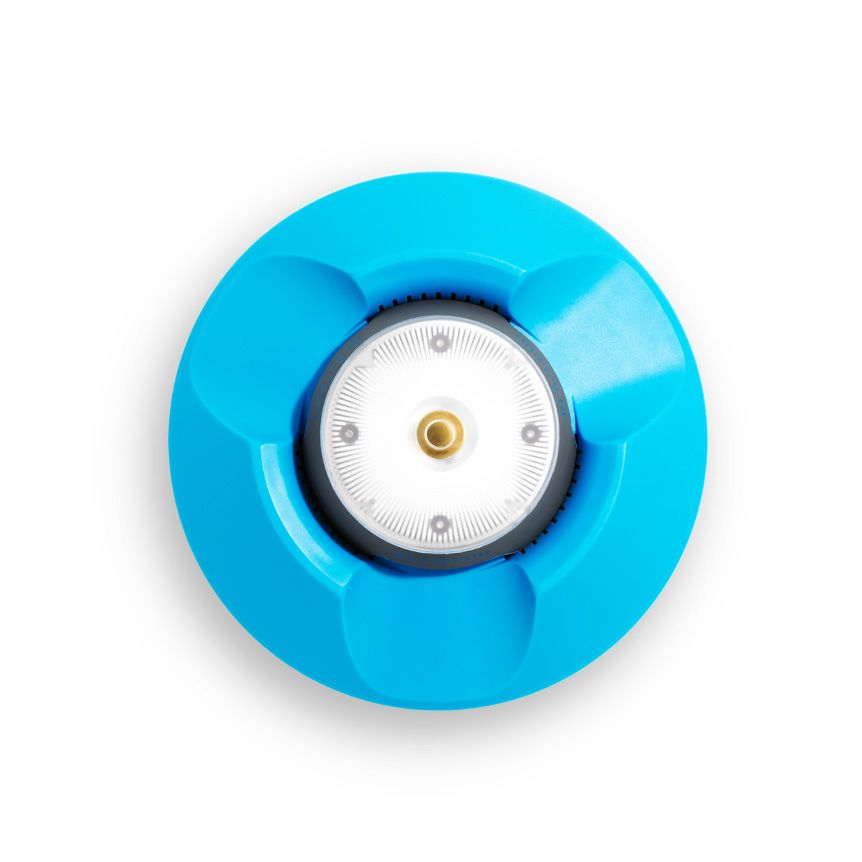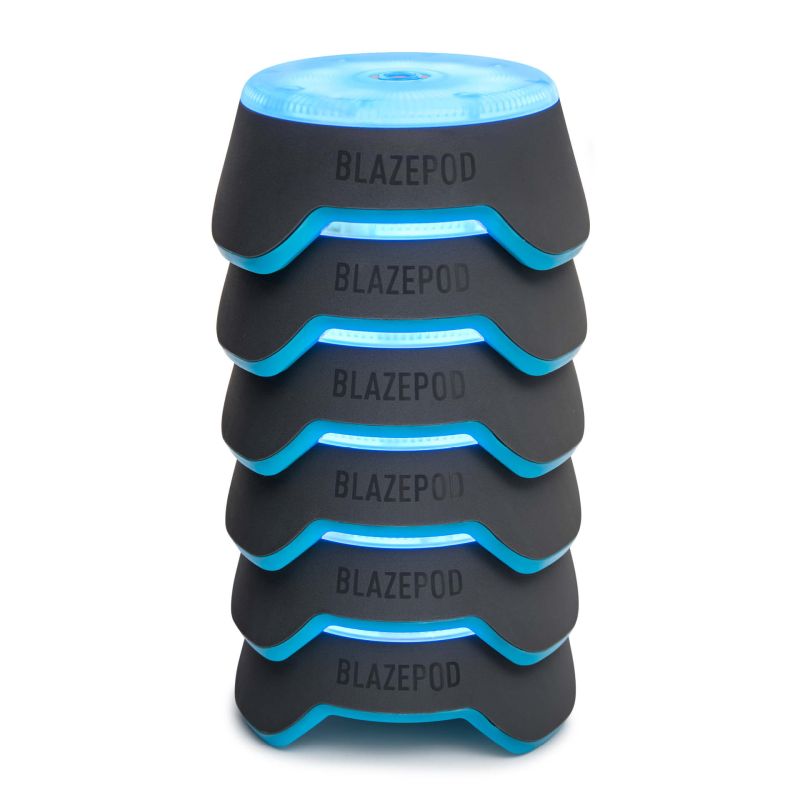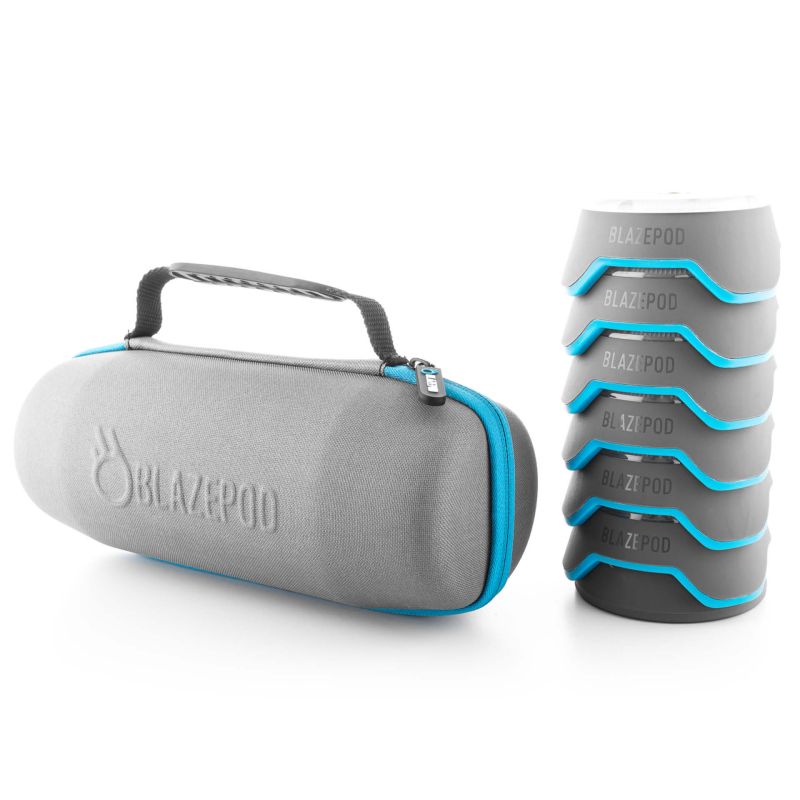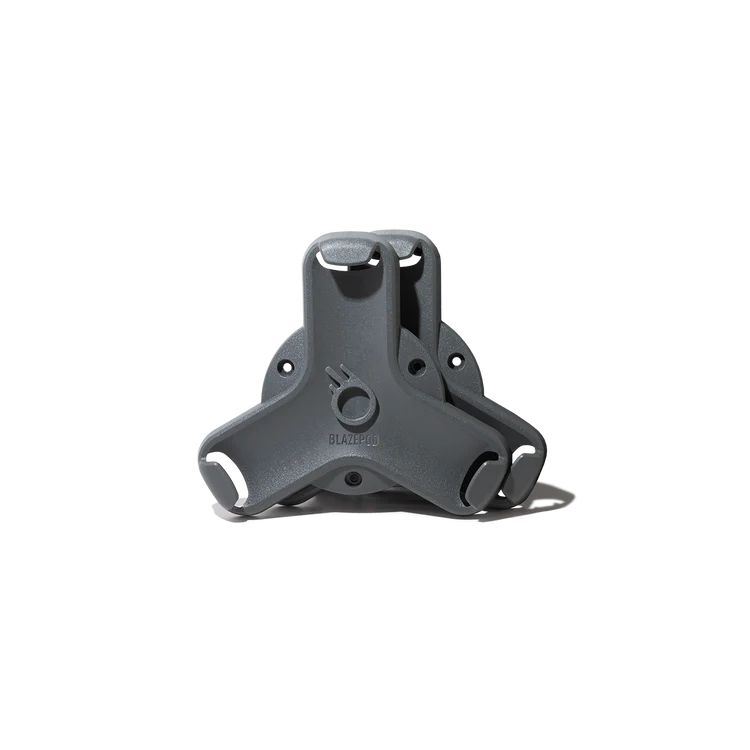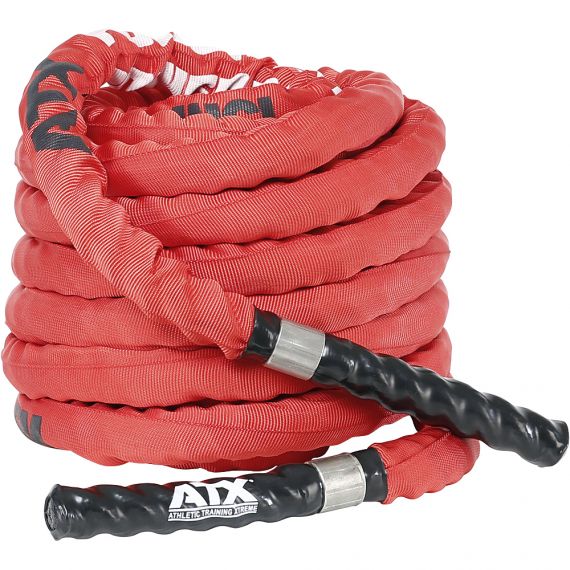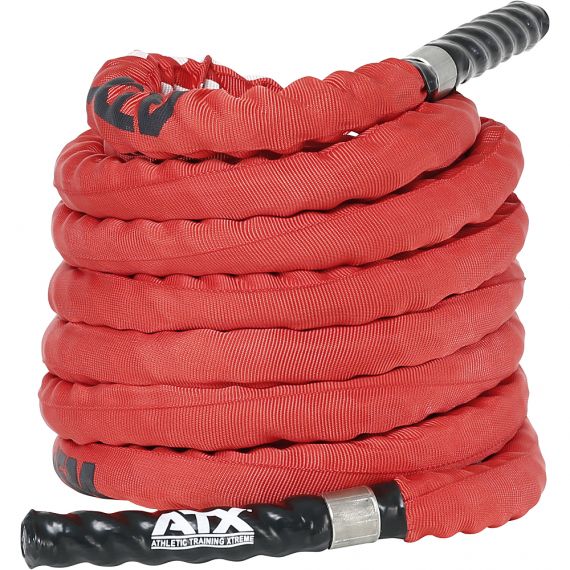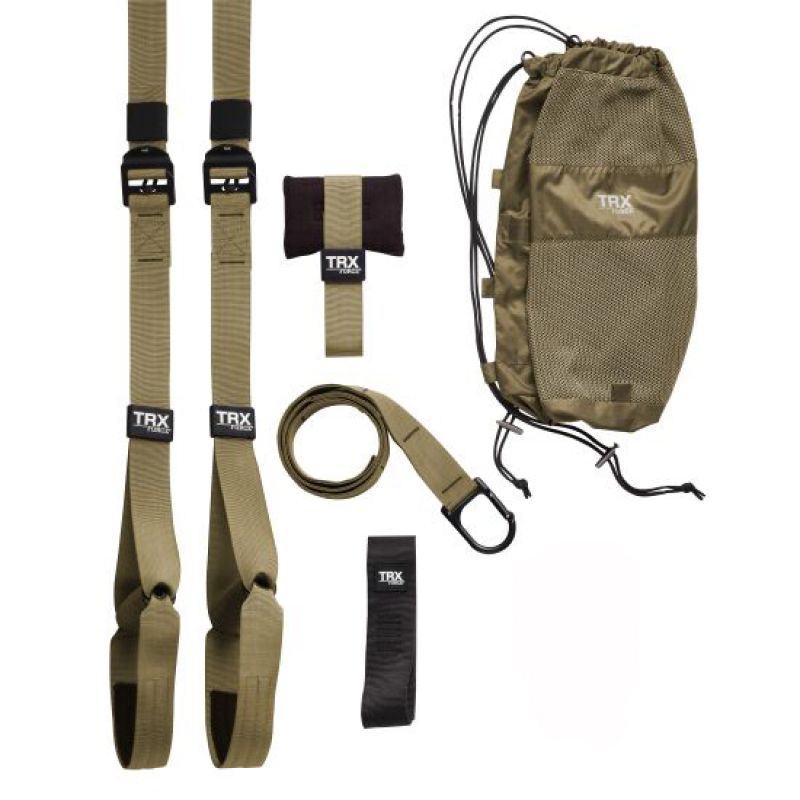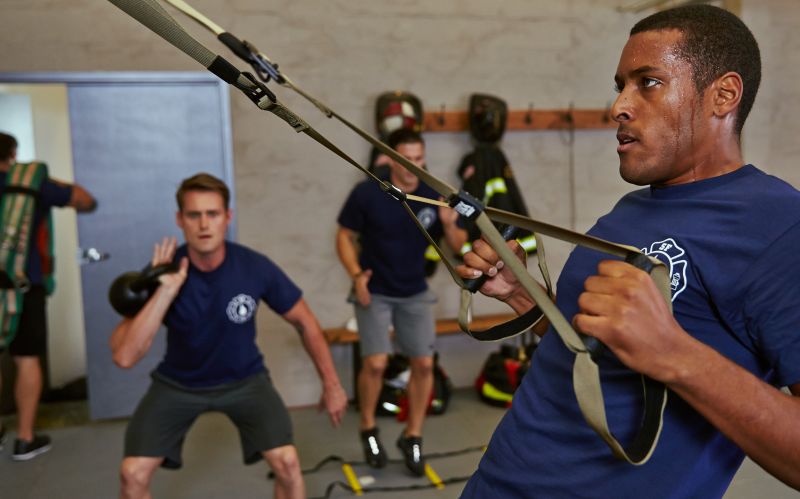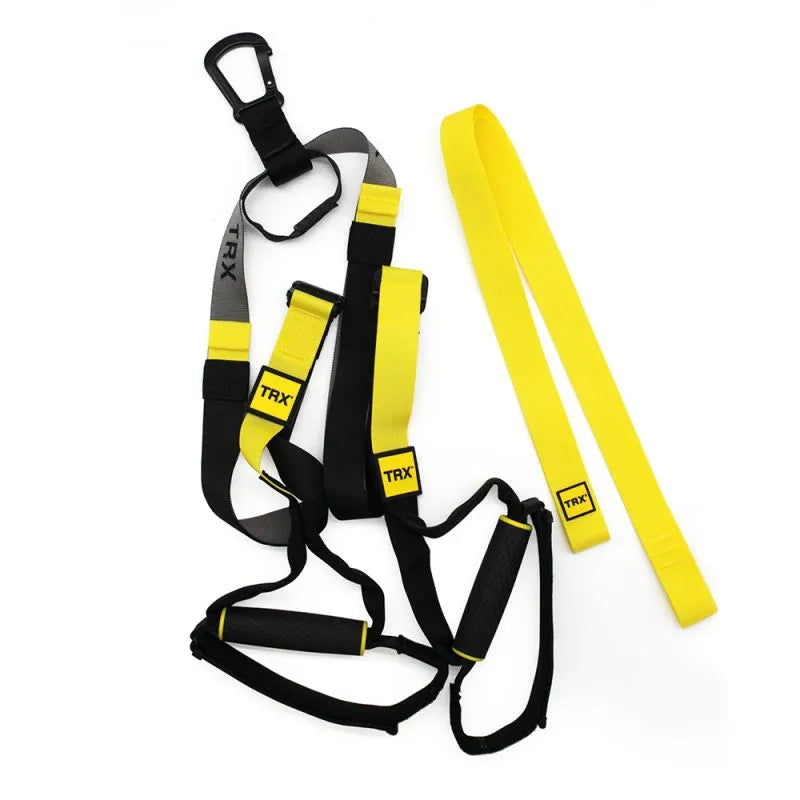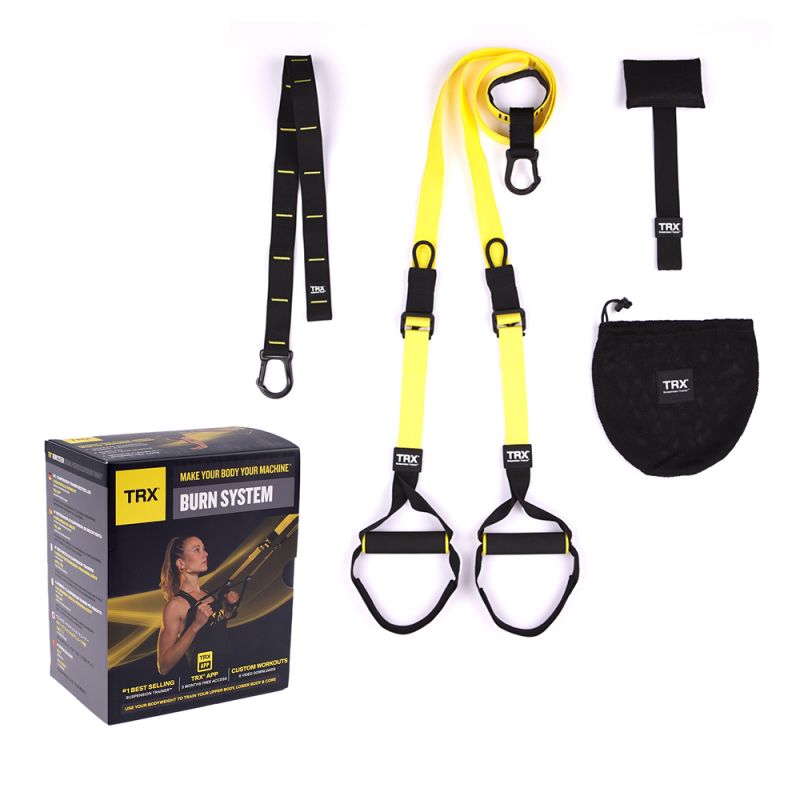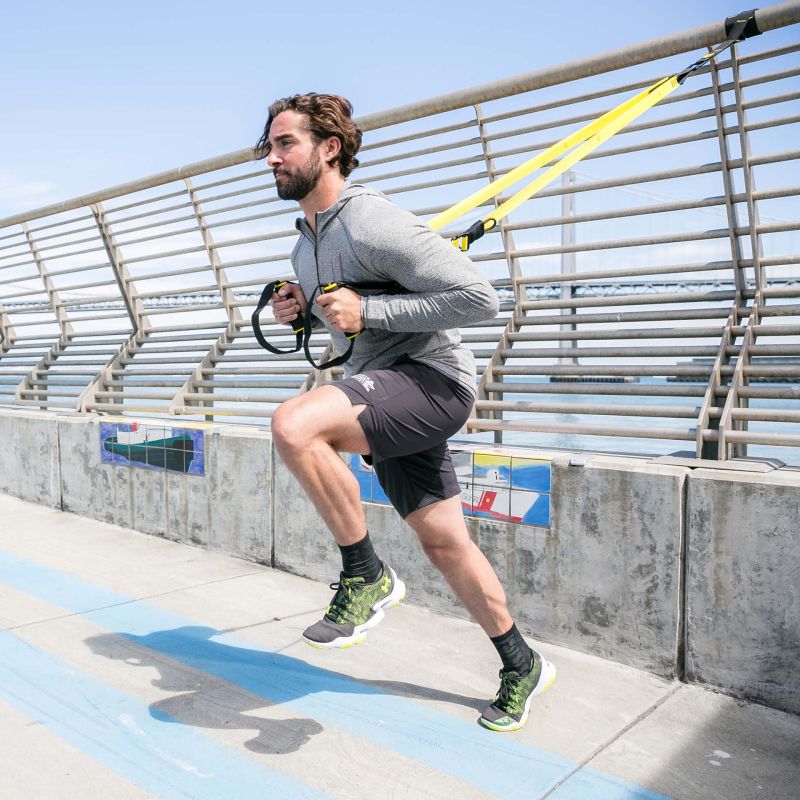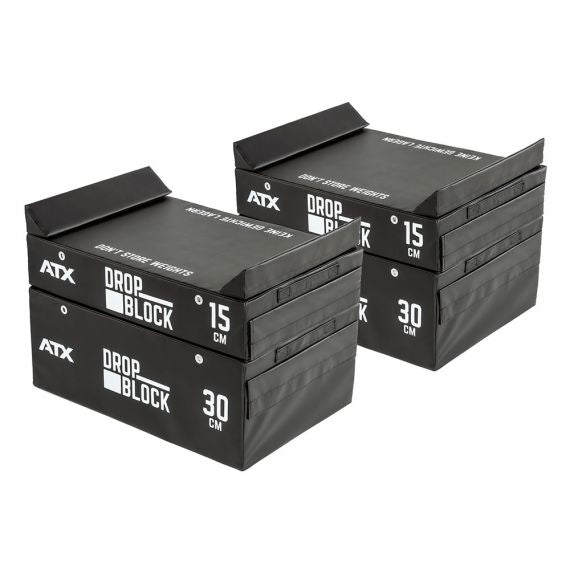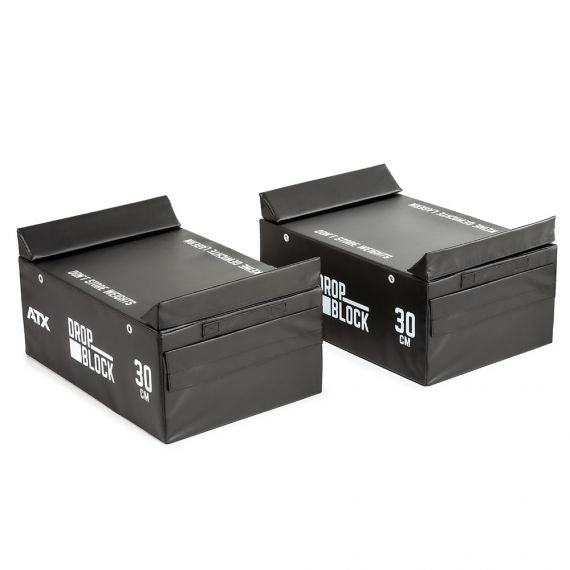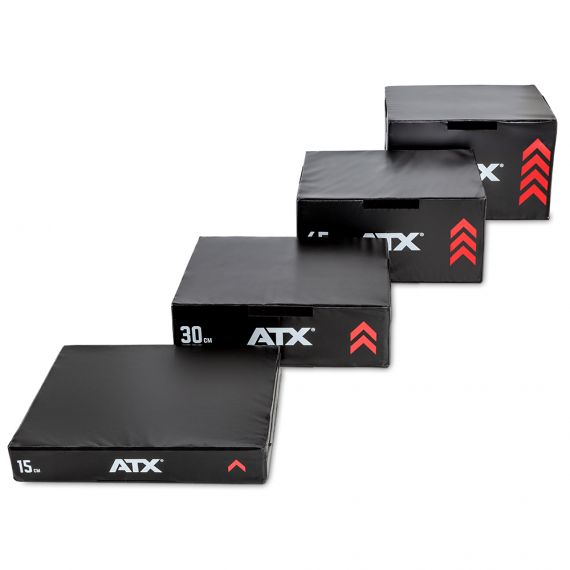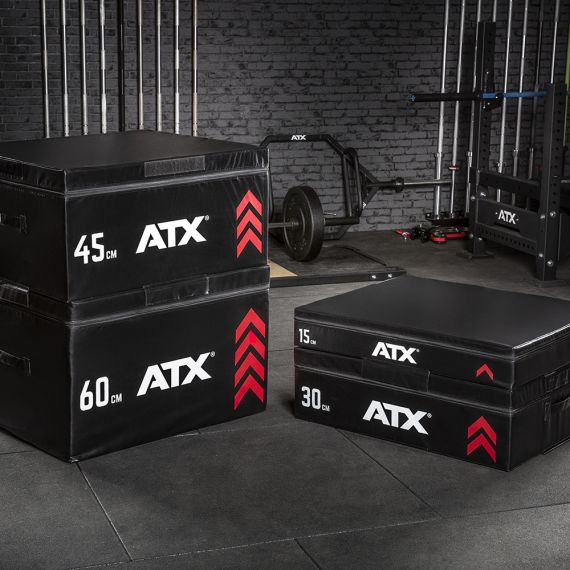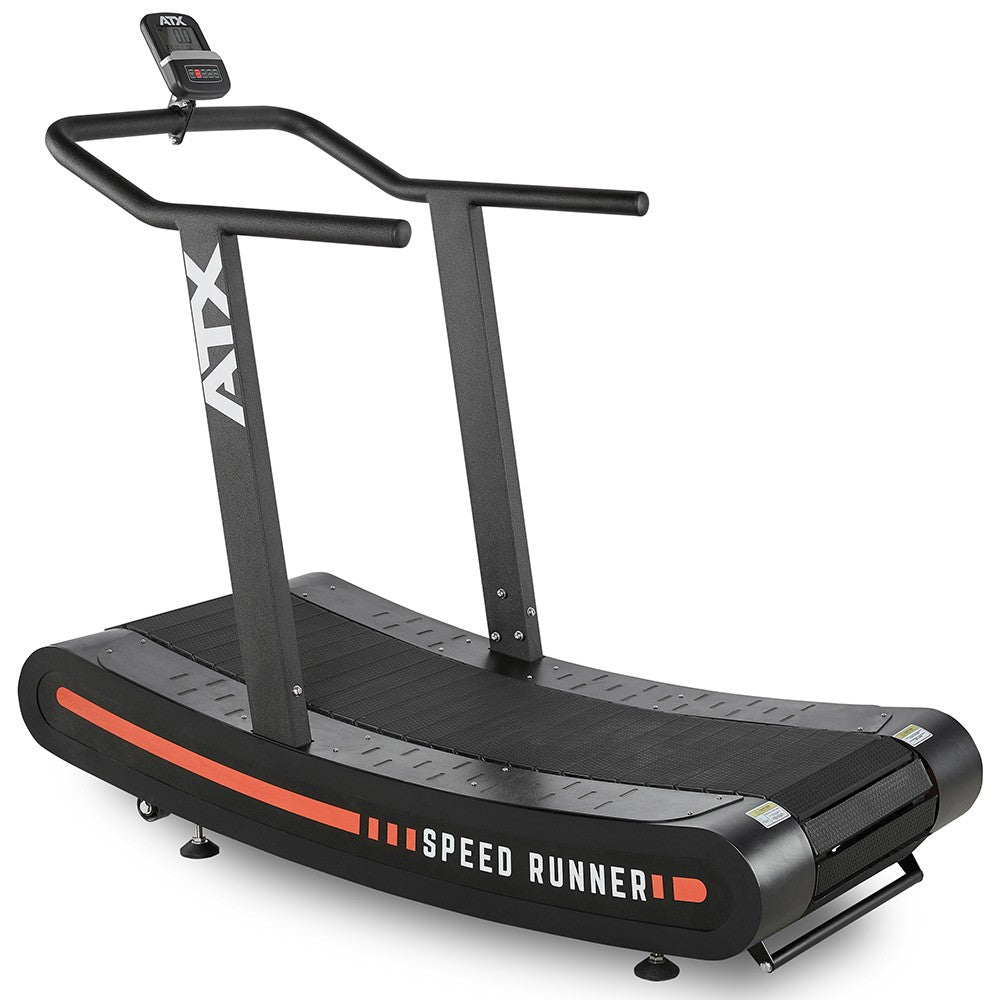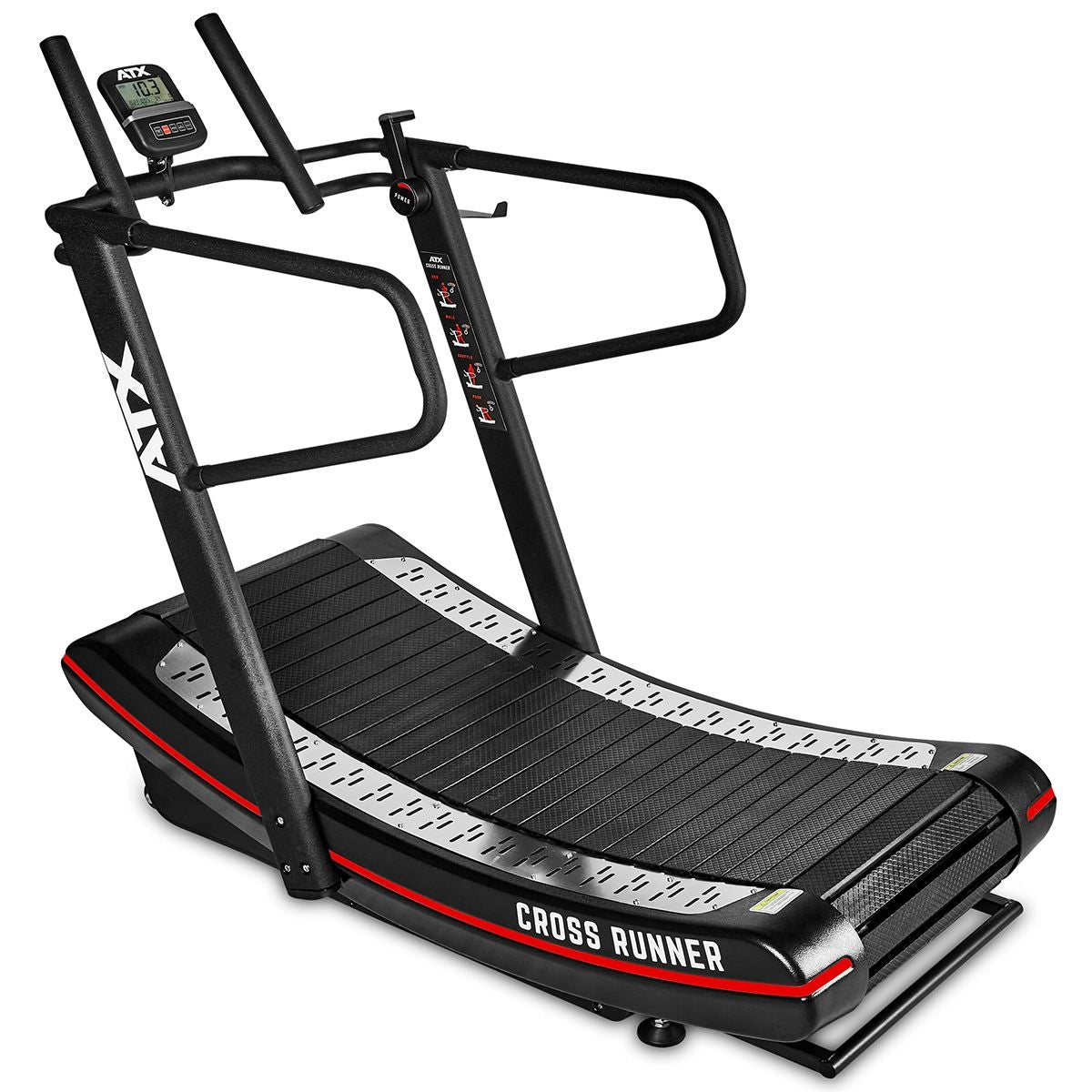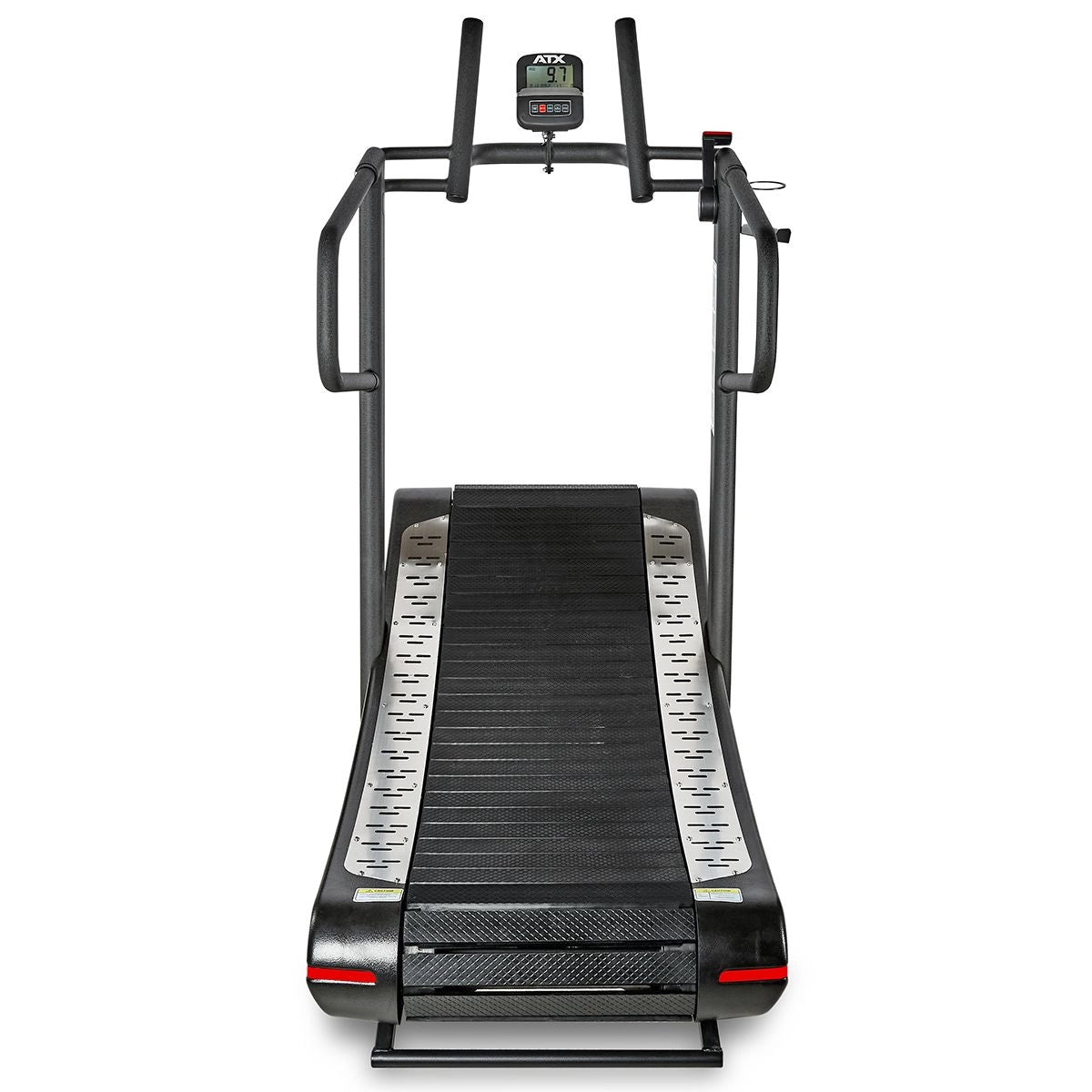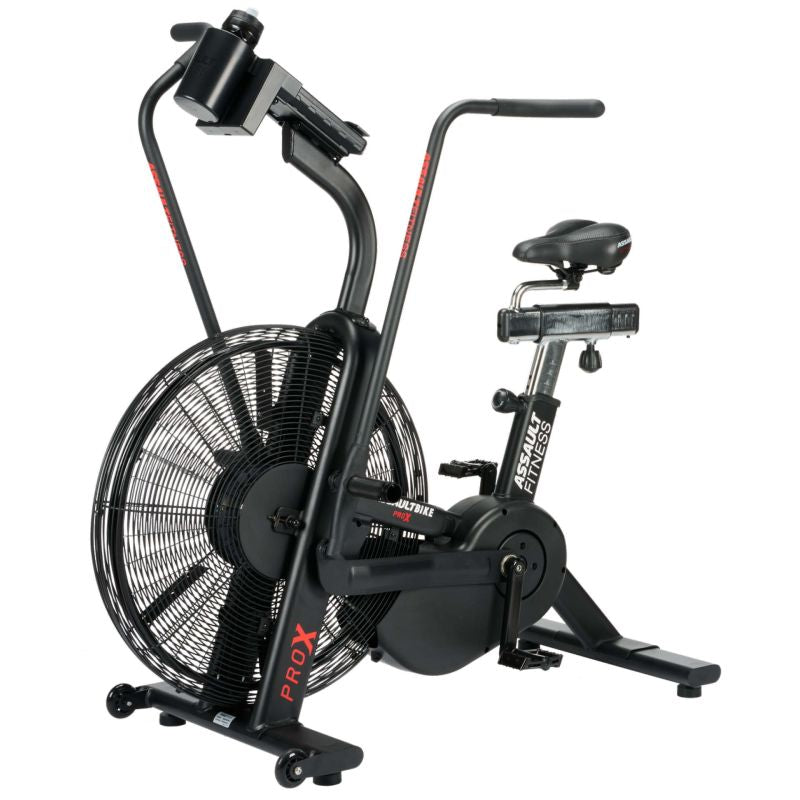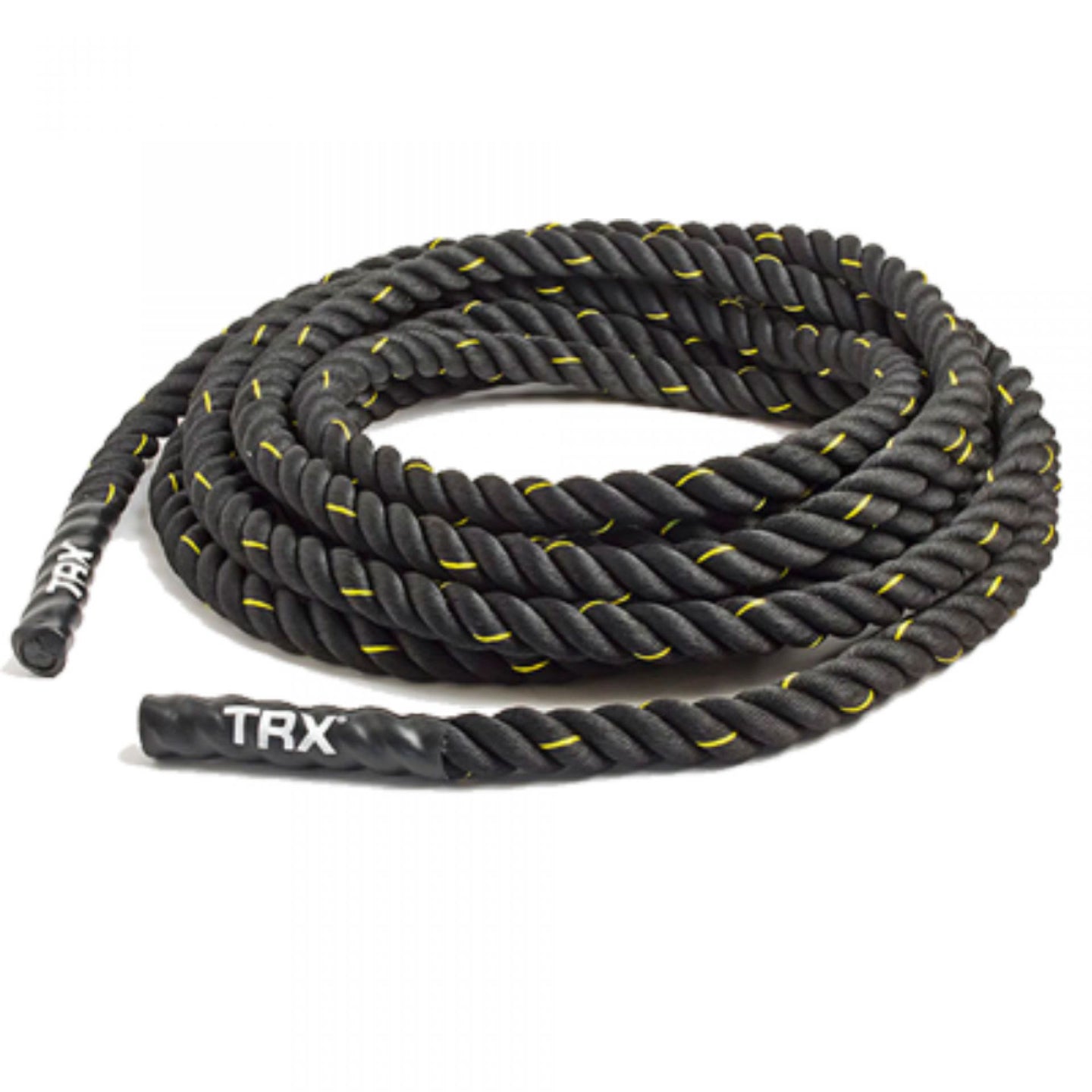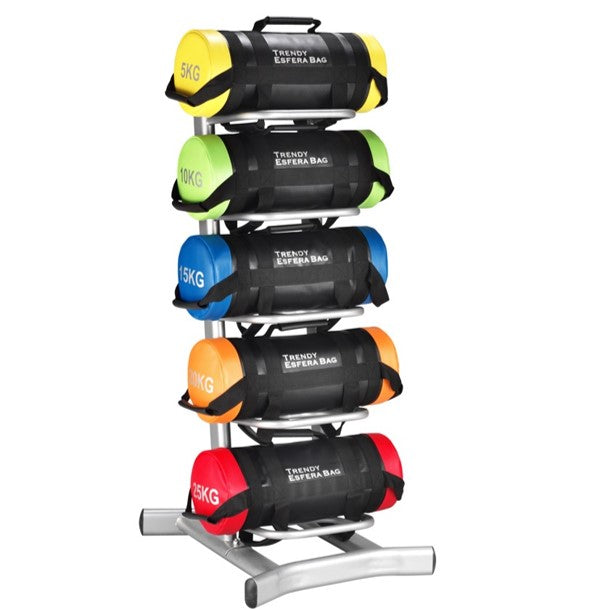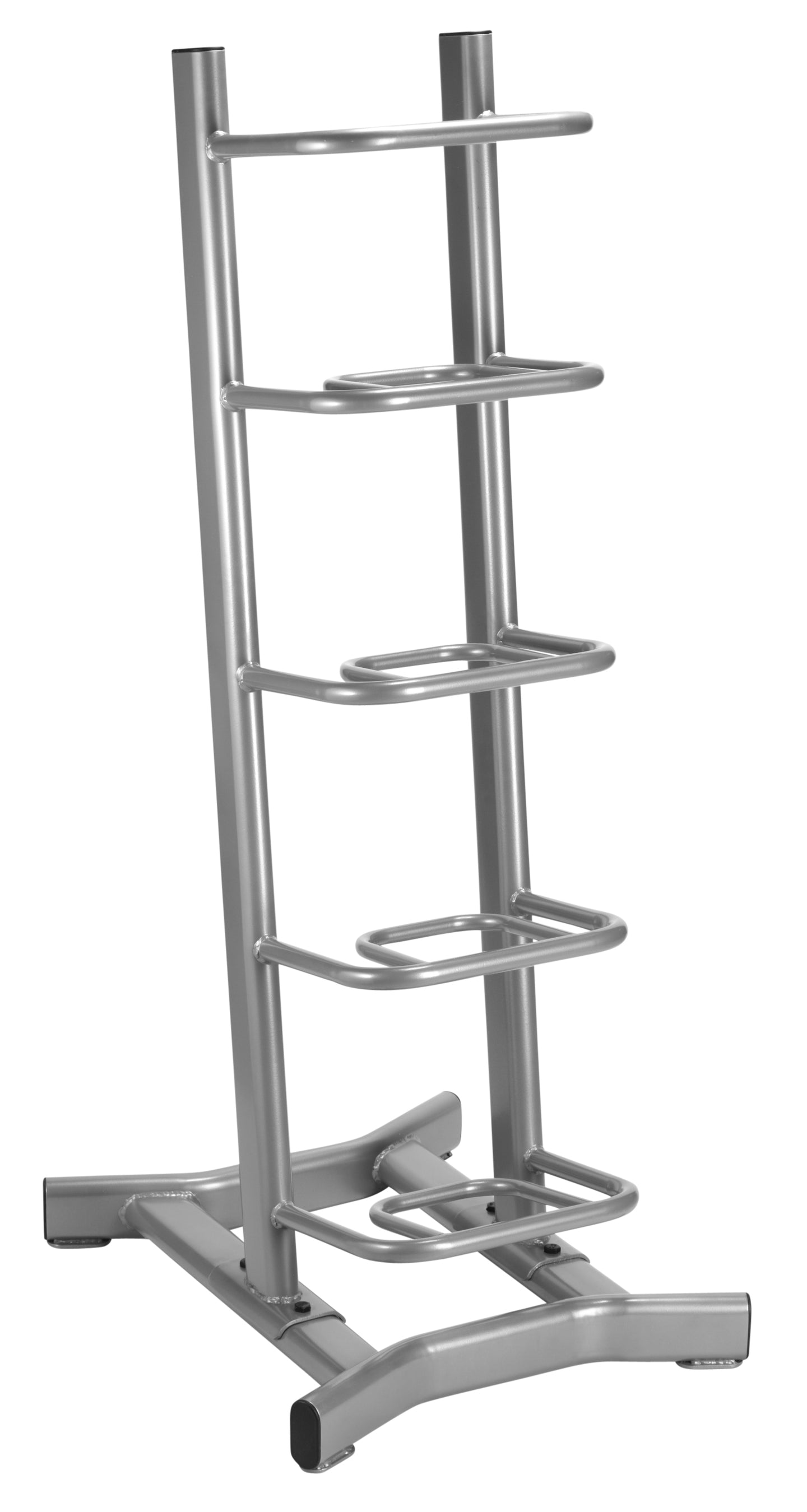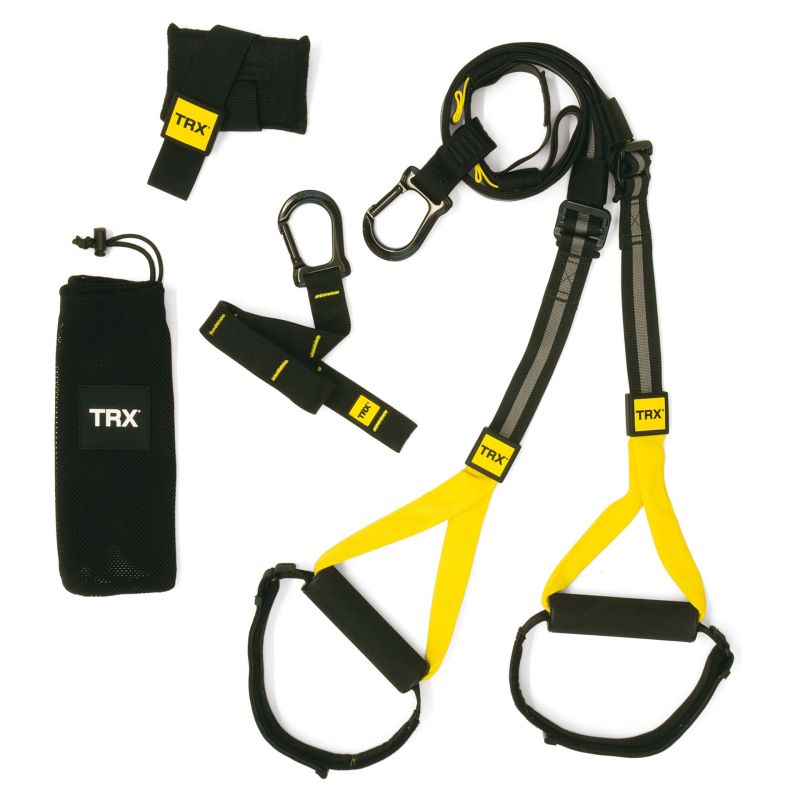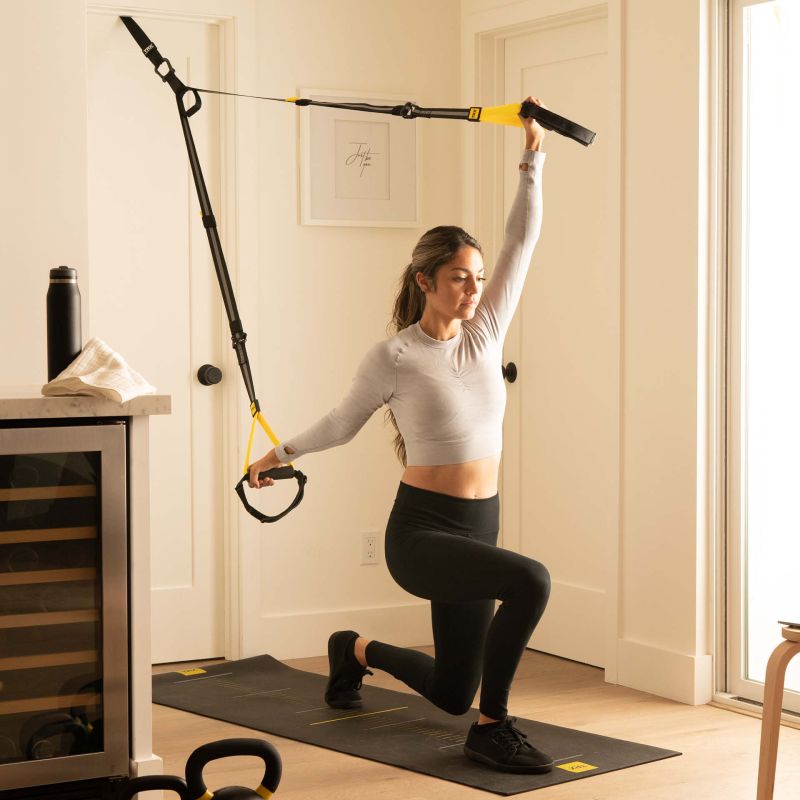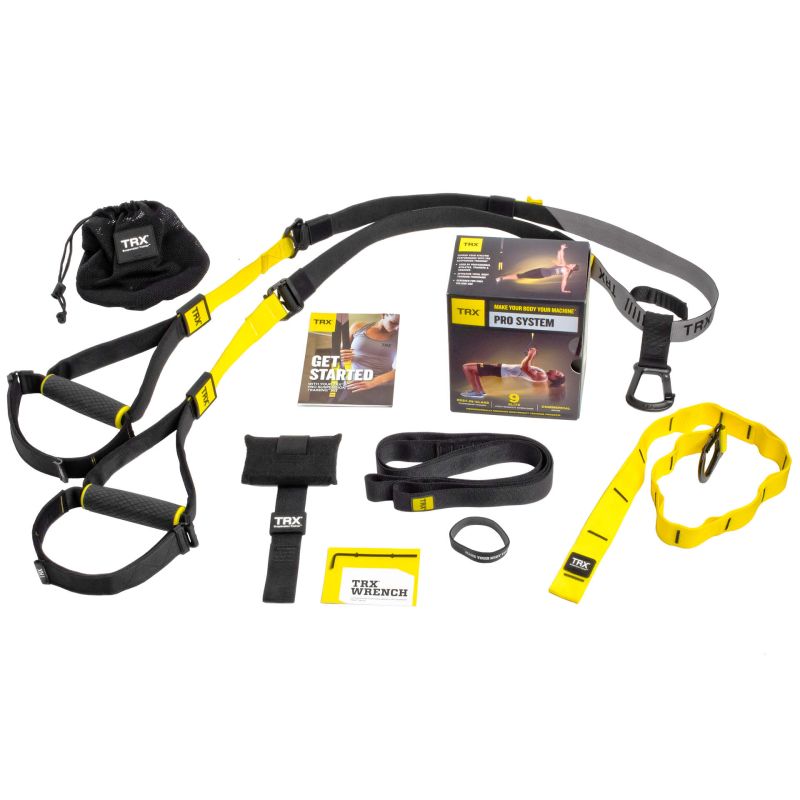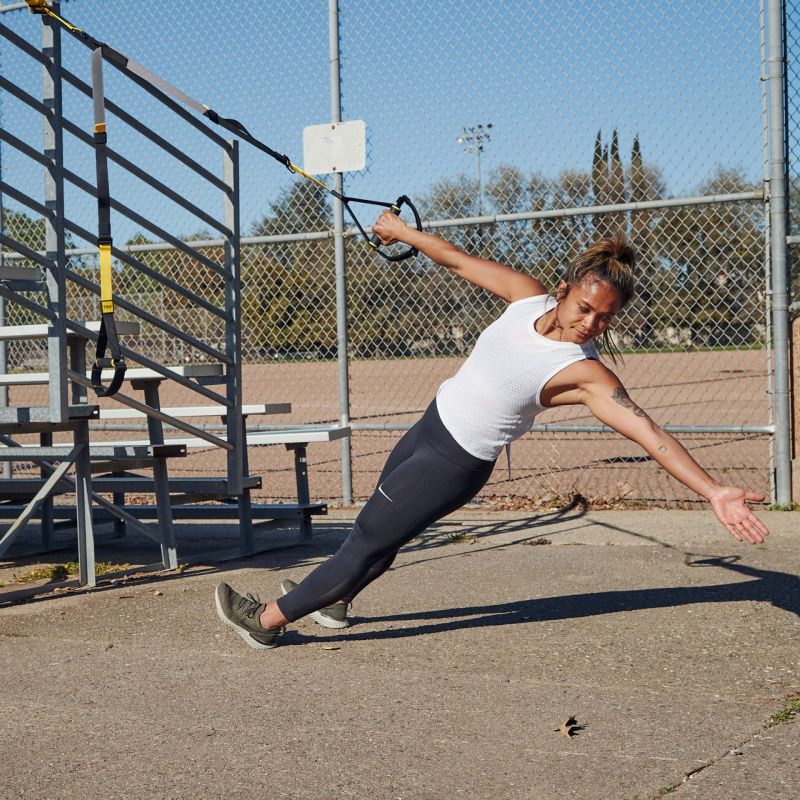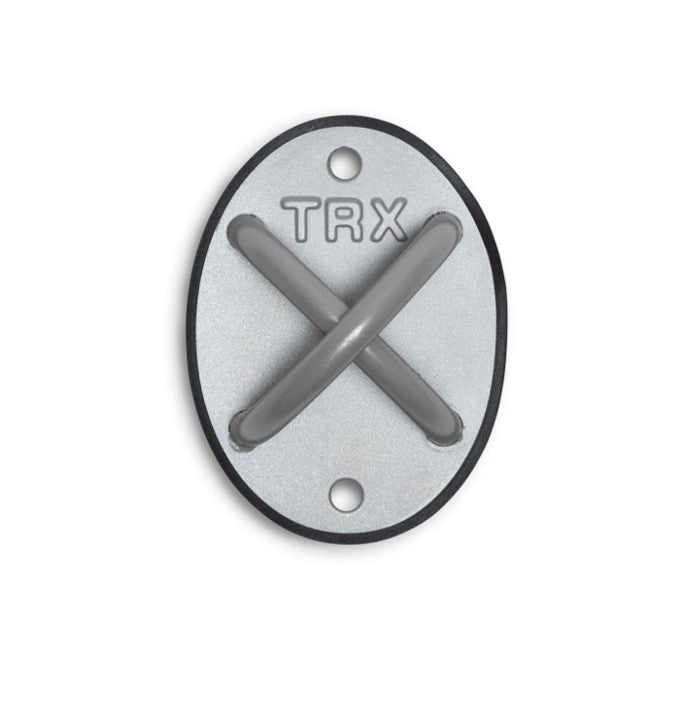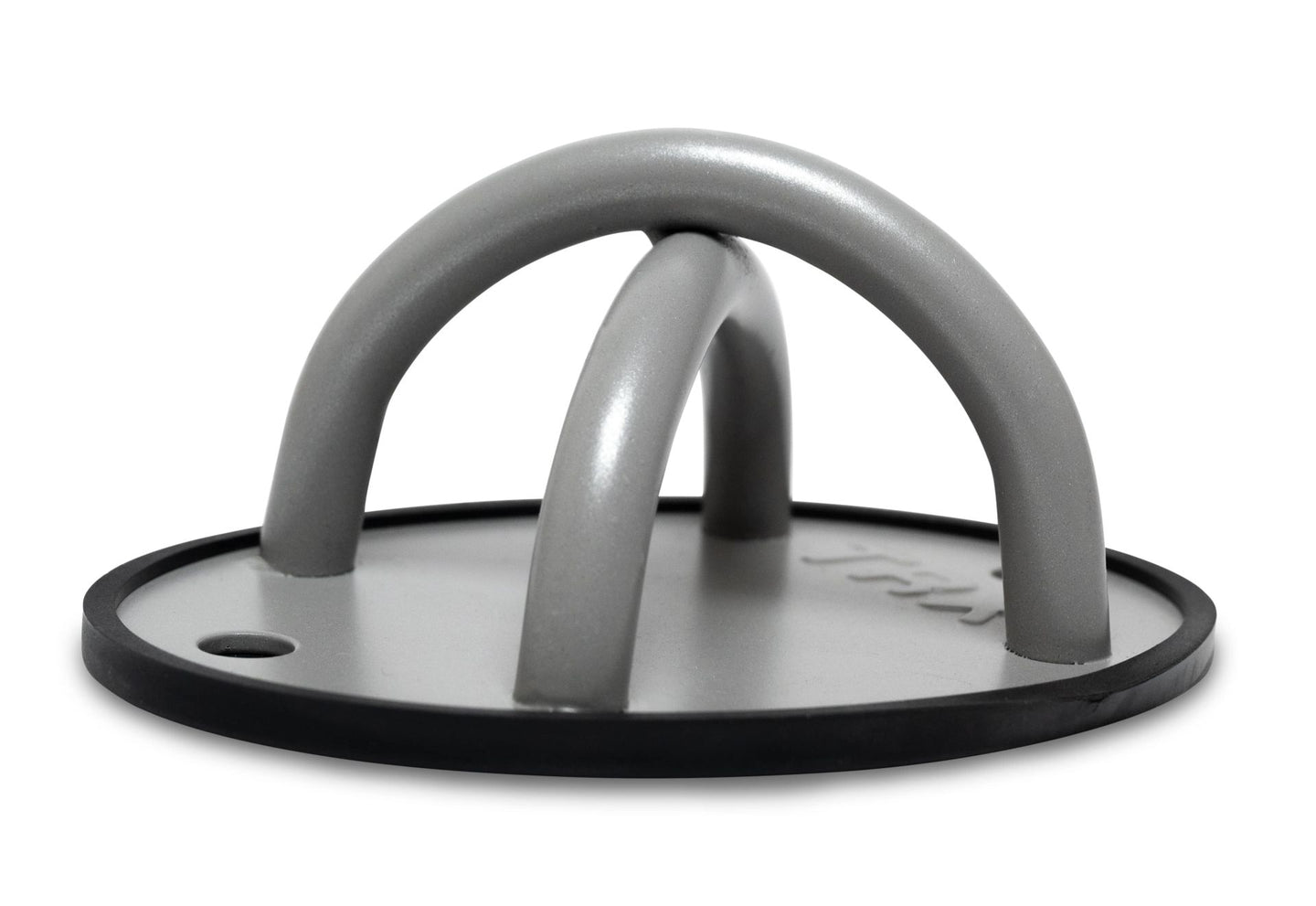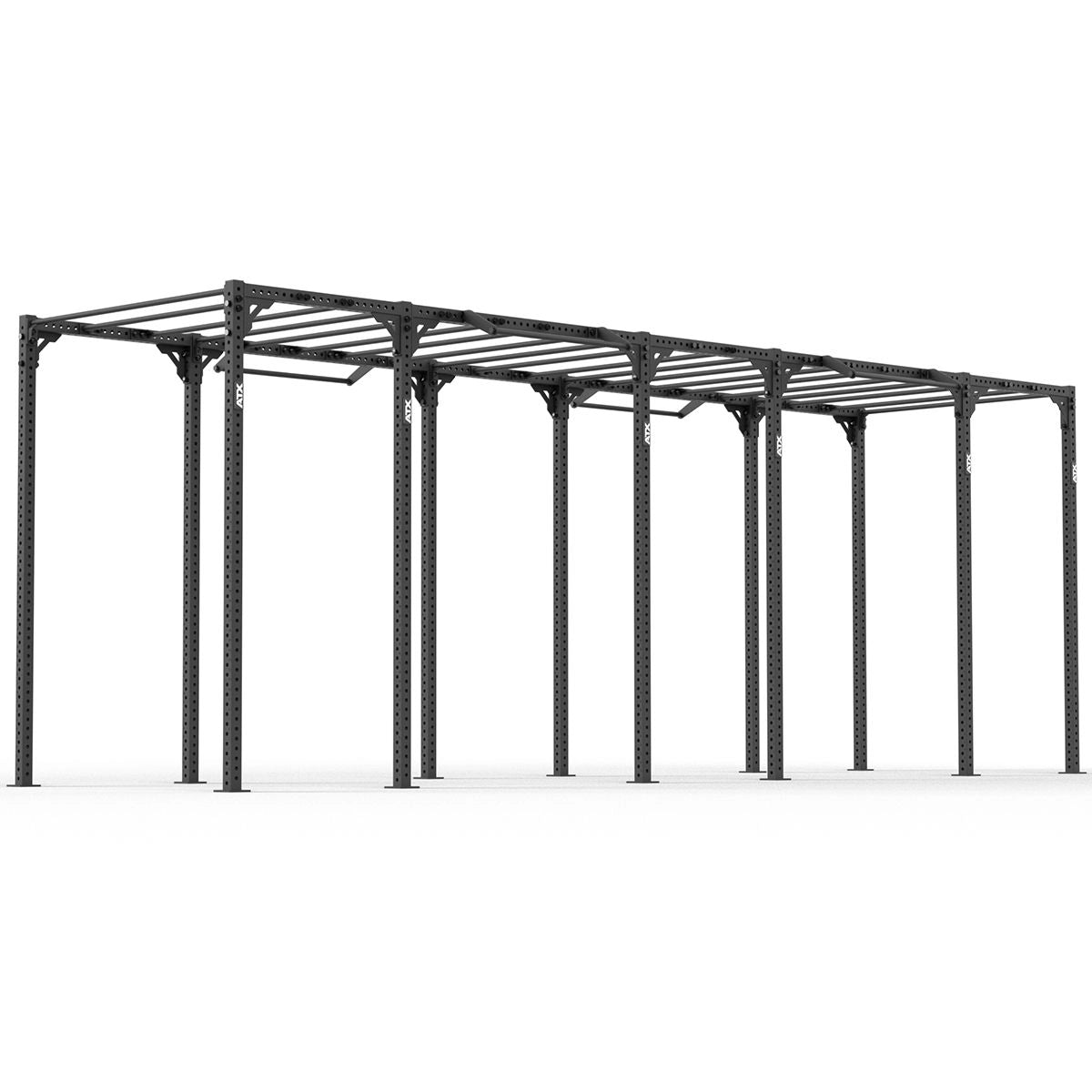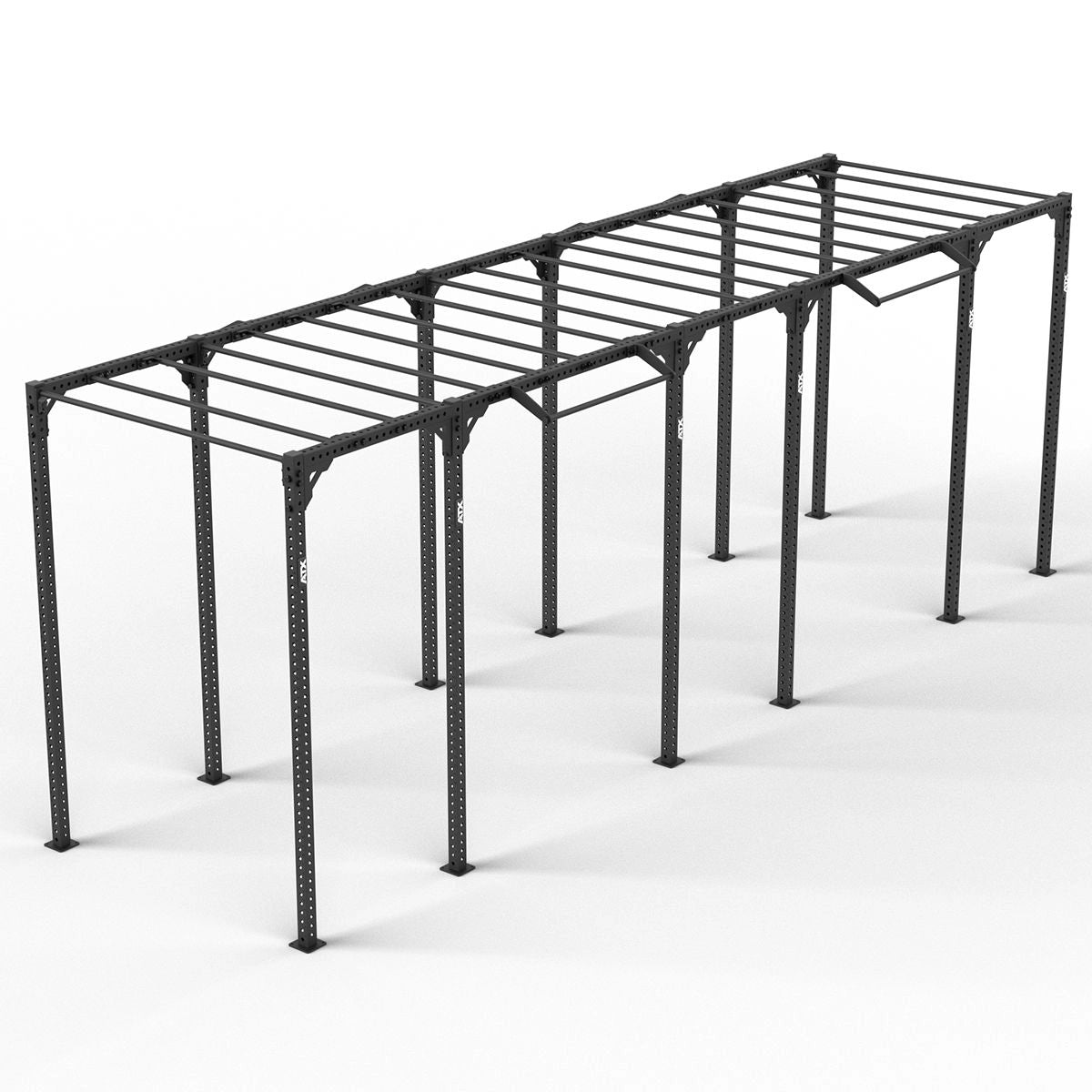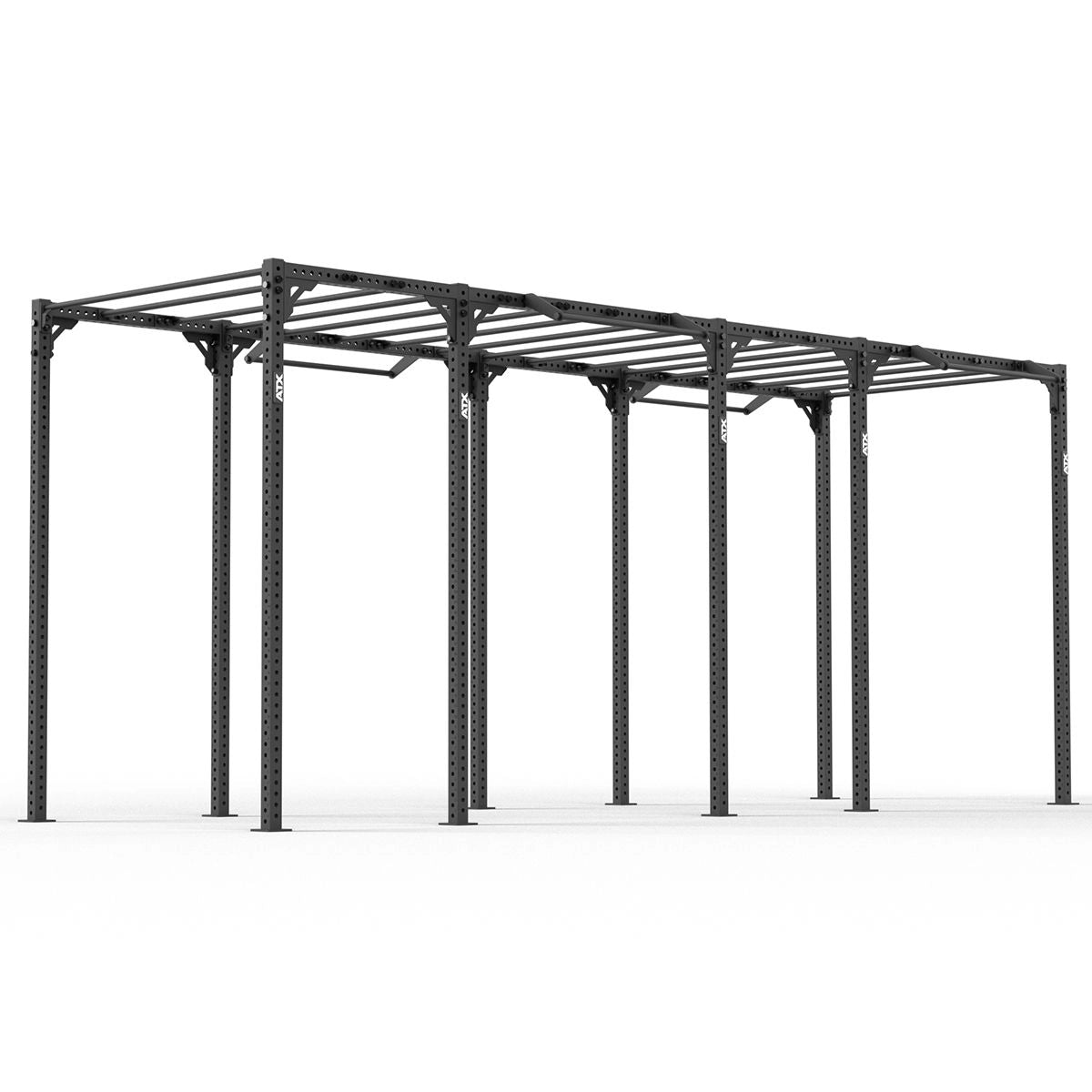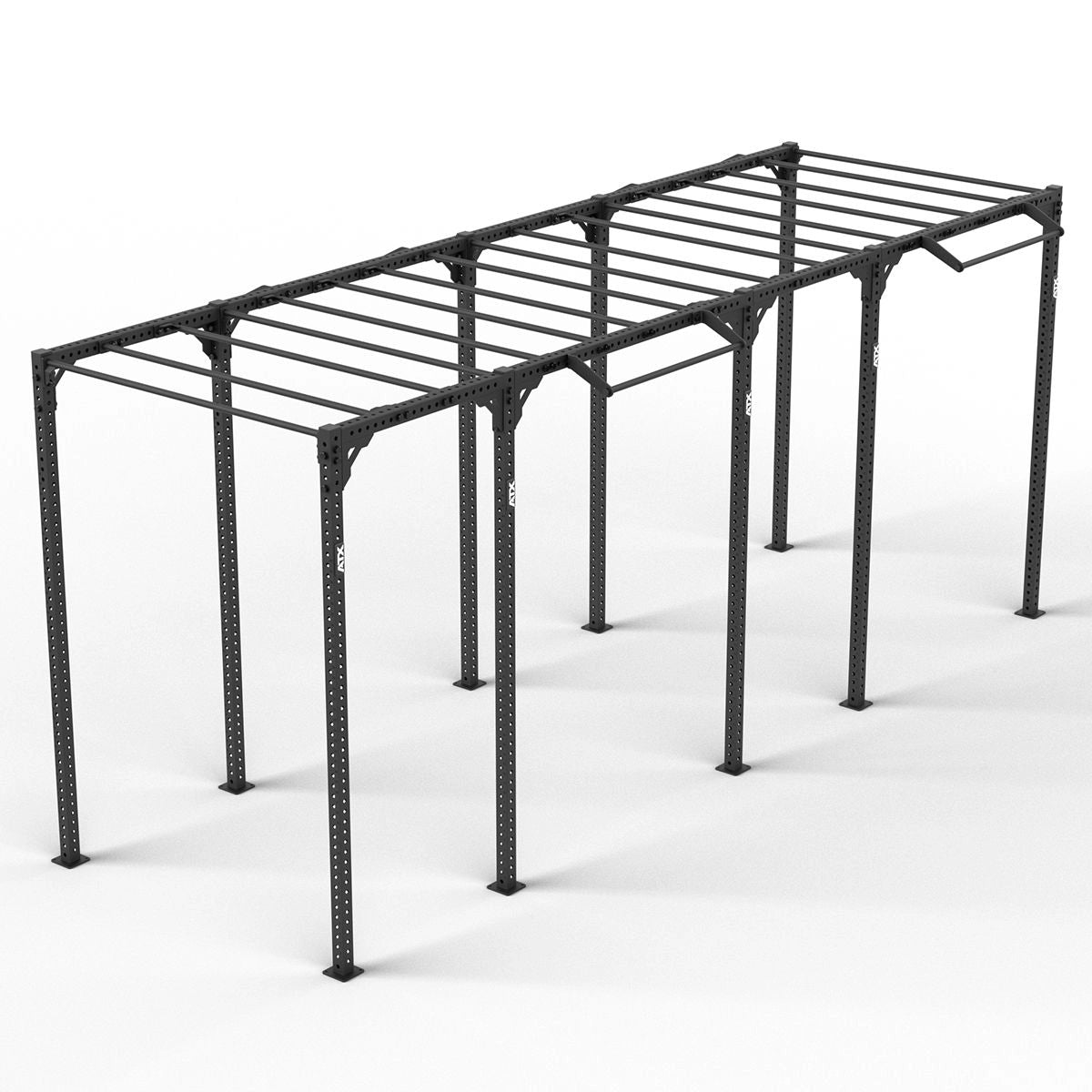Filters
-
Original Russian Kettlebell Competition 8 - 48 kg
Regular price From €36,28 -
ATX® Rubber Bumper Plates - 5 to 25 kg
Regular price From €30,95 -
ATX® Gym Bumper Plate Weight Plates - 5 to 25 kg
Regular price From €26,68 -
Hex Bar 30mm chrome-plated special offer
Regular price €117,40 -
ATX® Soft Plyo Box jumping box 40 x 50 x 60 cm
Regular price €159,02 -
ATX® Medicine Ball Classic Synthetic Leather – 3 to 10 kg
Regular price From €18,03 -
ATX® PVC Wall Ball - Carbon Look 3 to 12 kg
Regular price From €47,92 -
ATX® Soft Plyo Box jumping box 50 x 60 x 70 cm
Regular price €191,03 -
ATX® Power Slam Ball - 4 to 20 kg
Regular price From €14,83 -
Original Russian kettlebell cast 28 kg
Regular price €122,73 -
ATX® Sling Trainer Set Pro
Regular price €84,32 -
Weight bag - 5 to 25 kg
Regular price From €63,93 -
ATX® Soft Plyo Box / Jump Box Set
Sale price €336,07 Regular price€350,05 -
Slamball 4 - 20 kg - black
Regular price From €15,90 -
ATX® Plyobox - natural wood - 50 x 60 x 70 cm
Regular price €137,67 -
ATX® Nylon Proctection Rope / Rope 10 Meters - Black
Regular price €94,98 -
ATX® RIG 4.0 - Rope Holder
Regular price €23,37 -
Original ATX® Ram Bar - Power Lifting Bar
Regular price €287,08 -
ATX® Air Power Bike
Regular price €1.066,17 -
ATX® Power Bar +700 kg - Spring Steel - Chrome
Regular price €276,42 -
Antishock fall protection plate 1000 x 1000 x 40 mm
Regular price €85,27 -
Hex Bar - Trap Bar XL
Regular price €287,08 -
Competition Kettlebell - PB Strong 8 to 48 kg
Regular price From €63,98 -
Kettlebell Chrome 4 - 36 kg
Regular price From €25,50 -
BlazePod Functional Adapter Kit (accessory)
Regular price €31,92 -
TRX sling trainer Move
Regular price €160,03 -
ATX® Hex Bar 50mm Compact - Open
Regular price €159,02 -
ATX® Free Stands Series 800 Squat Stands
Regular price €745,99 -
BlazePod Pod Base Duo (accessory)
Regular price €55,28 -
BlazePod Trainer Kit
Regular price €501,48 -
BlazePod Wall Mount Adaptor Duo (accessory)
Regular price €42,63 -
ATX® Nylon Protection Rope / Rope 15 Meters - Red
Regular price €105,65 -
TRX Suspension Trainer Force Kit
Regular price €309,45 -
TRX® sling trainer studio version 4.0
Regular price €266,75 -
TRX Sling Trainer Burn
Regular price €192,05 -
ATX® Soft Drop Block - Set
Regular price €532,55 -
ATX® Soft Plyobox Set - large format
Regular price €959,43 -
ATX® Speed Runner Curved Treadmill CT-02
Regular price €2.026,67 -
ATX® Cross Runner - Curved Treadmill with additional resistance control
Regular price €2.560,28 -
Assault Air Bike Pro X
Regular price €1.386,33 -
Battle Rope - TRX Conditioning Rope 9/15 m
Regular price From €160,03 -
BlazePod Single Pod (spare part)
Regular price €106,67 -
weight bag storage system
Regular price €597,54 -
TRX Sling Trainer Home 2
Regular price €245,41 -
TRX Sling Trainer PRO 4
Regular price €309,45 -
TRX Xmount Gray 2.0
Regular price €47,97 -
ATX® Functional Rig 700 - Ladder 5
Regular price €7.469,52 -
ATX® Functional Rig 700 - Ladder 4
Regular price €6.082,13
Showing 48 of 88
Load moreOrdering, delivery & care.
Can I get advice before purchasing?
Yes! Our team will be happy to assist you with your product selection – by phone, email, or in person at our showroom. Together, we'll find the right equipment for your training.
How quickly will the delivery take place?
We deliver quickly and reliably. You can find the exact delivery times directly on the respective product page or during checkout. We're happy to help with any questions about availability.
Will my device be delivered pre-assembled?
Many fitness equipment items are delivered partially assembled. Easy-to-follow assembly instructions are included. Many pieces of equipment can be assembled independently; for more complex items, we recommend a second person. If you require assembly service, please contact us.
How do I properly care for my fitness equipment?
Wipe down moving parts regularly, check screw connections for tightness, and ensure storage in a dry environment. For some devices, occasional lubrication is recommended—you can find information on this in the respective manual.
Not sure which product is right for your training goals? No problem! Our experienced team will take the time to talk to you – by phone (08142/448666), email, or visit our showroom. Together, we'll find the optimal solution for your needs.
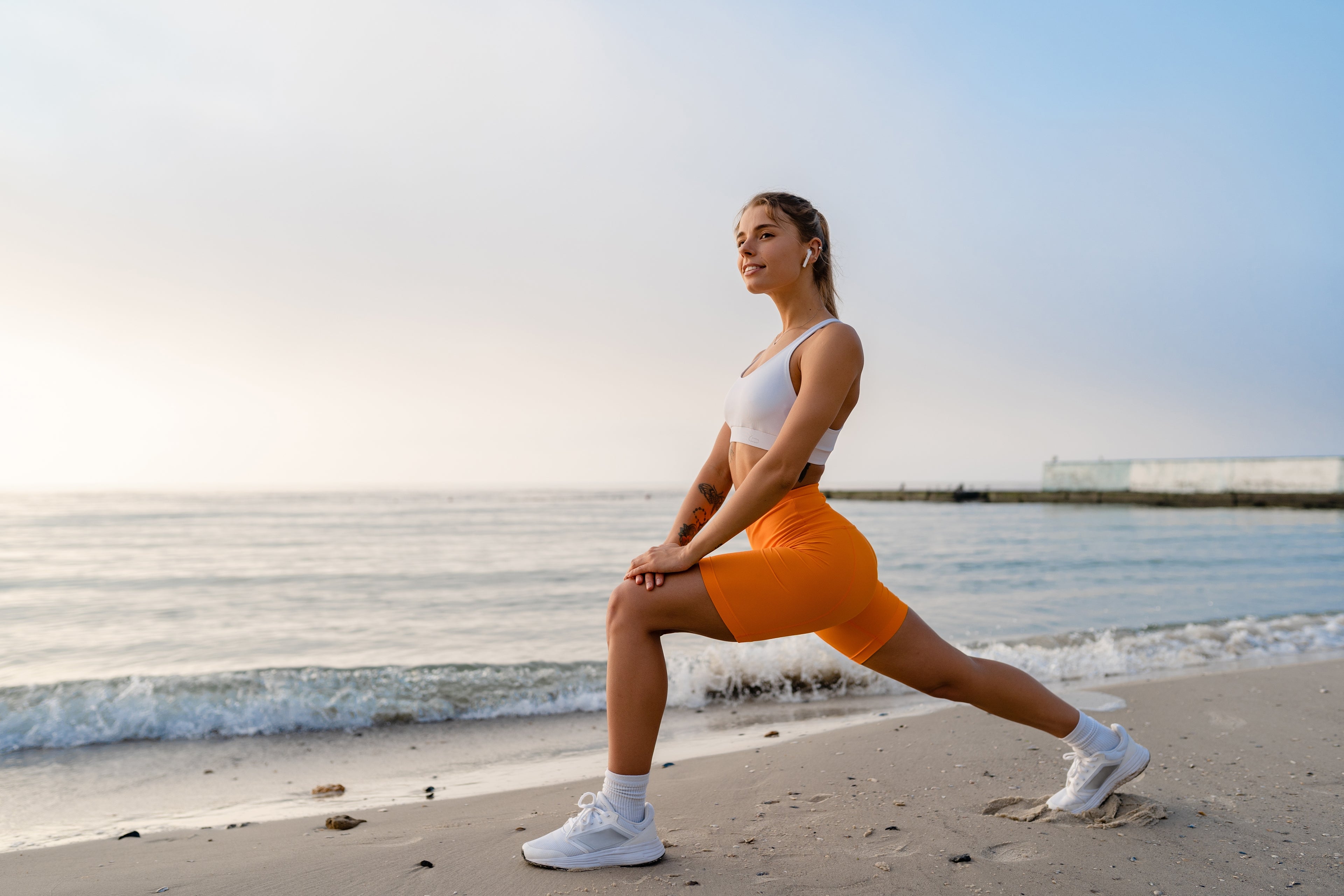
Functional fitness equipment for maximum performance
Functional fitness, also known as functional training, is far more than a short-lived fitness trend. It is a well-thought-out training concept that aims to promote movements that play a central role in everyday life, sports, and stressful professional situations. While traditional machine training usually works individual muscles in isolation – for example, just the biceps on a machine or the chest muscles on a machine – functional fitness relies on holistic, complex movement sequences . These don't just work individual muscles, but multiple muscle groups and joints simultaneously . This trains the body as a functional unit, which not only increases strength but also improves mobility, coordination, balance, and stability. The overarching goal of functional training is to increase performance in all areas of life. Functional fitness strengthens precisely those movement patterns that are crucial for healthy, efficient, and injury-free movement. This makes functional training one of the most effective and sustainable training methods available. It can be individually adapted to every fitness level.
Is functional training strenuous?
The short answer is: Yes – and that’s exactly what makes functional training so effective. Unlike many classic fitness exercises that concentrate on individual muscles, functional training challenges the entire body. Each exercise activates not just an isolated muscle group, but entire muscle chains that have to work together simultaneously. The result is a workout that challenges strength, endurance, coordination, stability and mobility all at the same time. A good example of this is the squat with a resistance band: While the classic squat mainly works the thighs and glutes, the band forces the body to additionally stabilize the core muscles, maintain posture and at the same time work against the tensile resistance. This turns a seemingly simple exercise into an intensive full-body workout.
Even more complex movements like the kettlebell swing illustrate the strenuous but highly effective nature of functional training. It not only trains the legs and glutes, but also the core muscles, shoulders, and grip strength. It also develops explosive power and gets the cardiovascular system working at full speed—a combination that makes functional fitness unique. The biggest advantage, however, lies in its adaptability: functional training can be anything from moderate and beginner-friendly to extremely demanding. Beginners benefit from exercises using their own body weight or light resistance bands , while advanced athletes can increase the intensity with additional weights like kettlebells , dip belts, or squat belts. Even experienced athletes will find new challenges in functional workouts that will push them to their limits.
What exercises do you do in functional fitness?
Functional fitness thrives on its versatility. Unlike monotonous training plans on isolated strength machines, functional training encompasses a broad spectrum of movements that challenge the body in all three dimensions: frontal (forward and backward), lateral (left and right), and rotational (twisting and rotating movements). The goal is to strengthen the movement patterns we perform every day in everyday life or in sports – from bending and lifting to carrying loads to quick changes of direction and dynamic jumps. Typical basic exercises that should be included in every functional workout are:
1. Squats : Arguably the most classic functional exercise, it strengthens the legs and glutes, simultaneously mobilizes the hips and ankles, and forces the entire core muscles to stabilize. Regular squats not only improve athletic performance but also everyday movements—such as standing up, sitting down, or climbing stairs.
2. Lunges : They train the legs and glutes unilaterally, which promotes balance and corrects muscular imbalances. By actively stabilizing the upper body, lunges also target the core muscles, making them one of the most effective whole-body exercises.
3. Planks and Side Planks : These static exercises are considered the foundation of a strong core. A stable core protects the spine, improves posture, and is crucial for power transfer in almost all athletic and everyday movements. Side planks place a special focus on the oblique abdominal muscles and contribute to an overall stable core.
4. Push-ups : They are a prime example of functional, full-body training. While the chest, shoulders, and arms do the heavy lifting, the abdominal and back muscles ensure the body remains in a stable alignment. Push-ups combine strength, stability, and body control in a single exercise.
5. Rotation exercises with resistance bands: Whether standing torso rotation or diagonal “woodchopper” movements, rotation exercises strengthen the core muscles in their most important function: the transmission of power during rotational and acceleration movements.
The special thing about functional fitness is the ability to design exercises flexibly and adjust the difficulty level to suit each individual. With the right equipment from our category, such as resistance bands in various strengths, mini loop bands for targeted glute and hip training, a dip belt for additional weights, or a weightlifting belt to relieve pressure on the spine during heavy leg exercises, almost all basic exercises can be varied and intensified. This ensures that training never becomes monotonous, but remains varied, challenging, and progressive at all times.
How often do you need functional fitness per week?
The optimal training frequency in functional fitness depends largely on individual goals , current fitness level , and available training time . Since functional training engages the entire body, clever planning is crucial to achieving progress while avoiding overload.
For beginners , it's recommended to schedule two to three training sessions per week. This rhythm gives the body enough time to adapt to the new movement patterns, build muscle, and develop the necessary basic stability. Especially at the beginning, regeneration is at least as important as the training itself – because adaptation occurs not during exertion, but in the recovery phase.
Advanced athletes benefit from three to four sessions per week. The focus here is not only on repeating basic exercises, but also on increasing intensity, exercise complexity, and variability. Functional training can be specifically tailored to specific areas—such as increasing strength with kettlebells and dip belts, mobility training with mini resistance bands, or explosive power with plyometric exercises. Targeted variety prevents the body from falling into a performance plateau. However, even for performance-oriented athletes or ambitious fitness enthusiasts, more training is not automatically better. Since functional fitness almost always engages multiple muscle groups simultaneously, sufficient recovery phases should be planned. A sensible rhythm could look something like this:
Day 1: Full-body workout with body weight and resistance bands
Day 2: Rest or active mobility training
Day 3: Strength focus with kettlebells, barbells and weights
Day 4: Rest or light cardio
Day 5: High-intensity interval training (HIIT) combined with functional exercises
Weekend: active recovery, stretching or optionally a fourth unit
Who is functional training suitable for?
Functional training is suitable for virtually any group of people , as the exercises, movement sequences, and intensity levels can be individually adapted to the individual's performance level, personal goals, and physical requirements. This makes functional fitness one of the most versatile and effective training methods in the modern fitness sector.
Beginners and newcomers: People who are just starting out or who haven't exercised for a long time particularly benefit from functional fitness. The training promotes better body awareness , improves coordination , and builds stable basic strength . Everyday movements such as lifting, pushing, and rotation exercises improve movement patterns. This reduces the risk of poor posture and strain-related injuries.
Ambitious athletes: Functional training also has a firm place in professional and performance-oriented sports. Athletes use it specifically to optimize movement patterns, improve power transmission, and prevent injuries. Because functional exercises address complex muscle chains, they can be ideally combined with sport-specific movements – whether for sprinters, soccer players, tennis players, or strength athletes. Especially during preseason training or as a supplement to traditional strength training, functional fitness contributes to peak performance and increases the body's resilience.
Rehabilitation patients: In the field of rehabilitation, functional training is used specifically to restore mobility , coordination , and strength after injuries. Unlike isolated machine exercises, functional training trains entire muscle chains, improving the interaction between muscles, tendons, and joints. This allows patients to gradually return to their natural range of motion. Therapeutically supervised functional exercises also help reduce the risk of recurrence and support the long-term healing process.
Universal applications: Another advantage of functional training is its enormous flexibility. It can be performed in the gym with professional equipment such as kettlebells, suspension trainers , medicine balls , or plyo boxes , but can be performed just as effectively at home or outdoors – often using your own body weight or simple equipment. This makes functional fitness suitable for people who prefer structured studio training as well as those who prefer flexible and independent training.
Buying functional fitness equipment: what you need to consider!
When purchasing functional fitness equipment, you should pay particular attention to quality, stability, and versatility . High-quality materials ensure durability, while non-slip handles and safe construction ensure injury-free training. Also, make sure the equipment is suited to your fitness level and training goals—whether it's strength building, endurance training, or rehabilitation. This way, you can ensure that your equipment will provide you with optimal long-term support.

